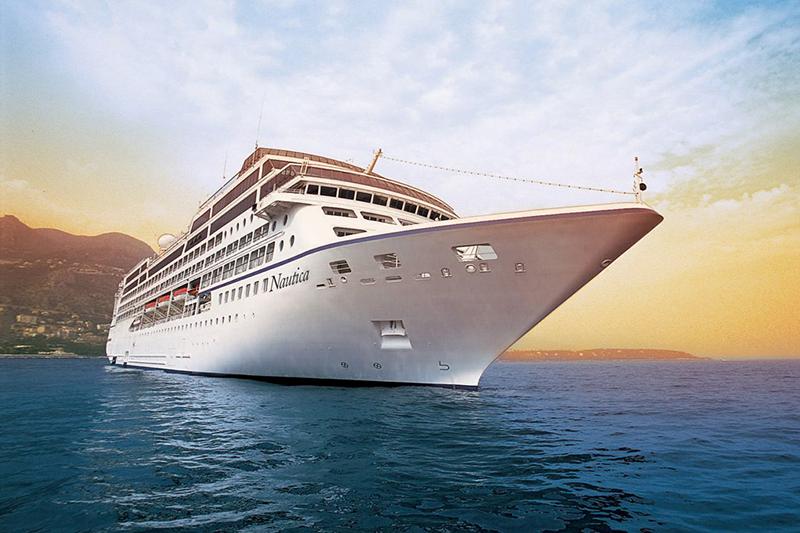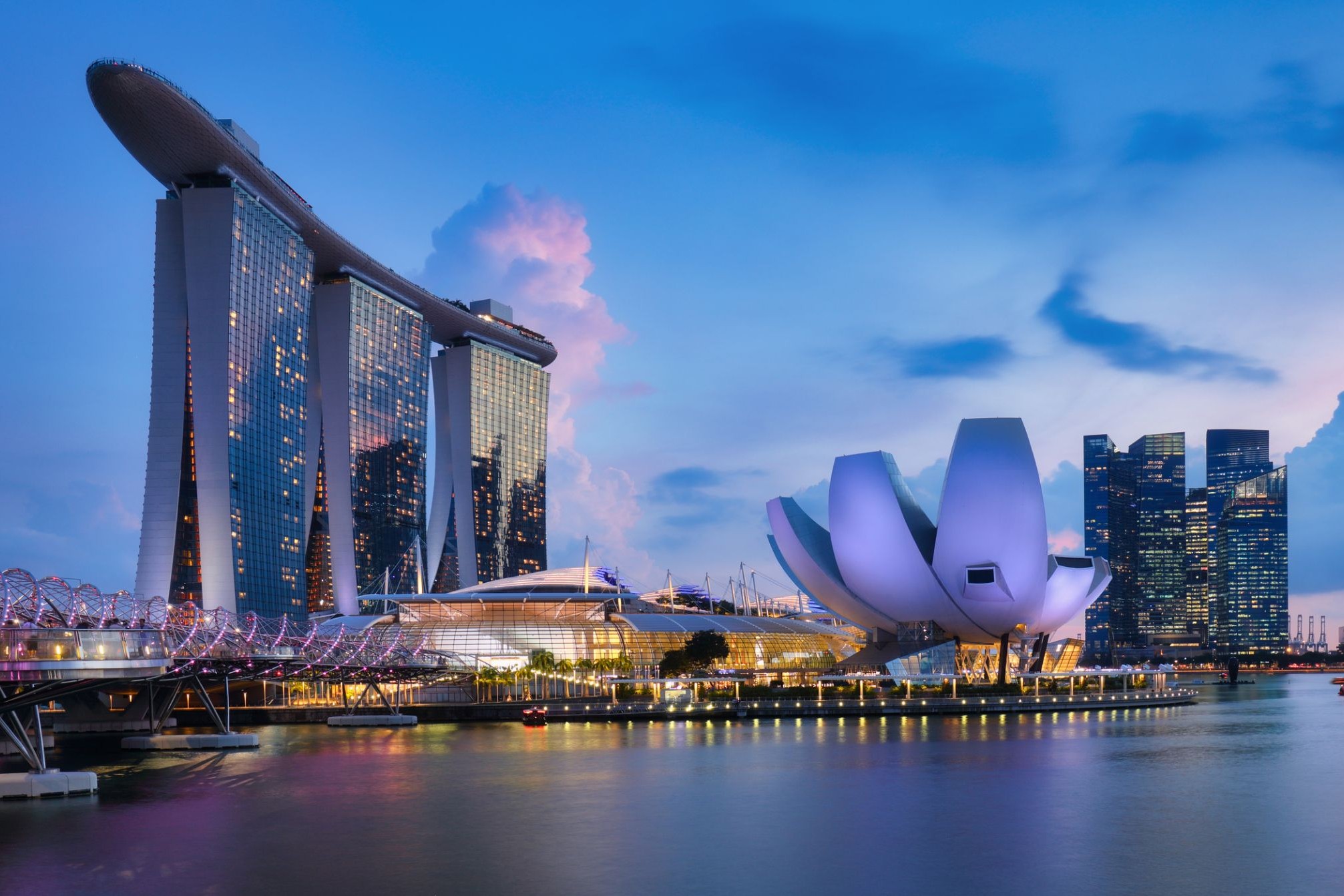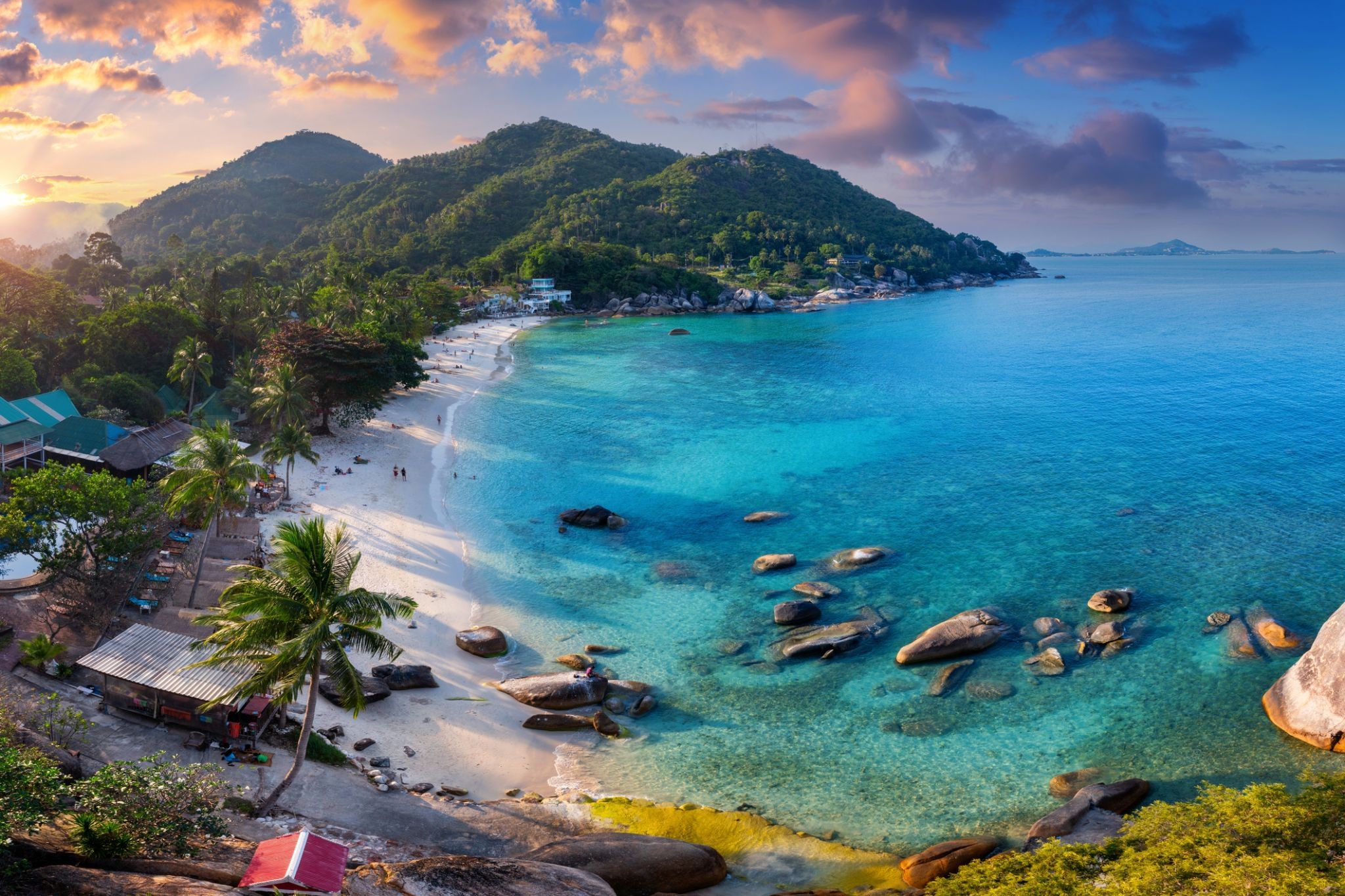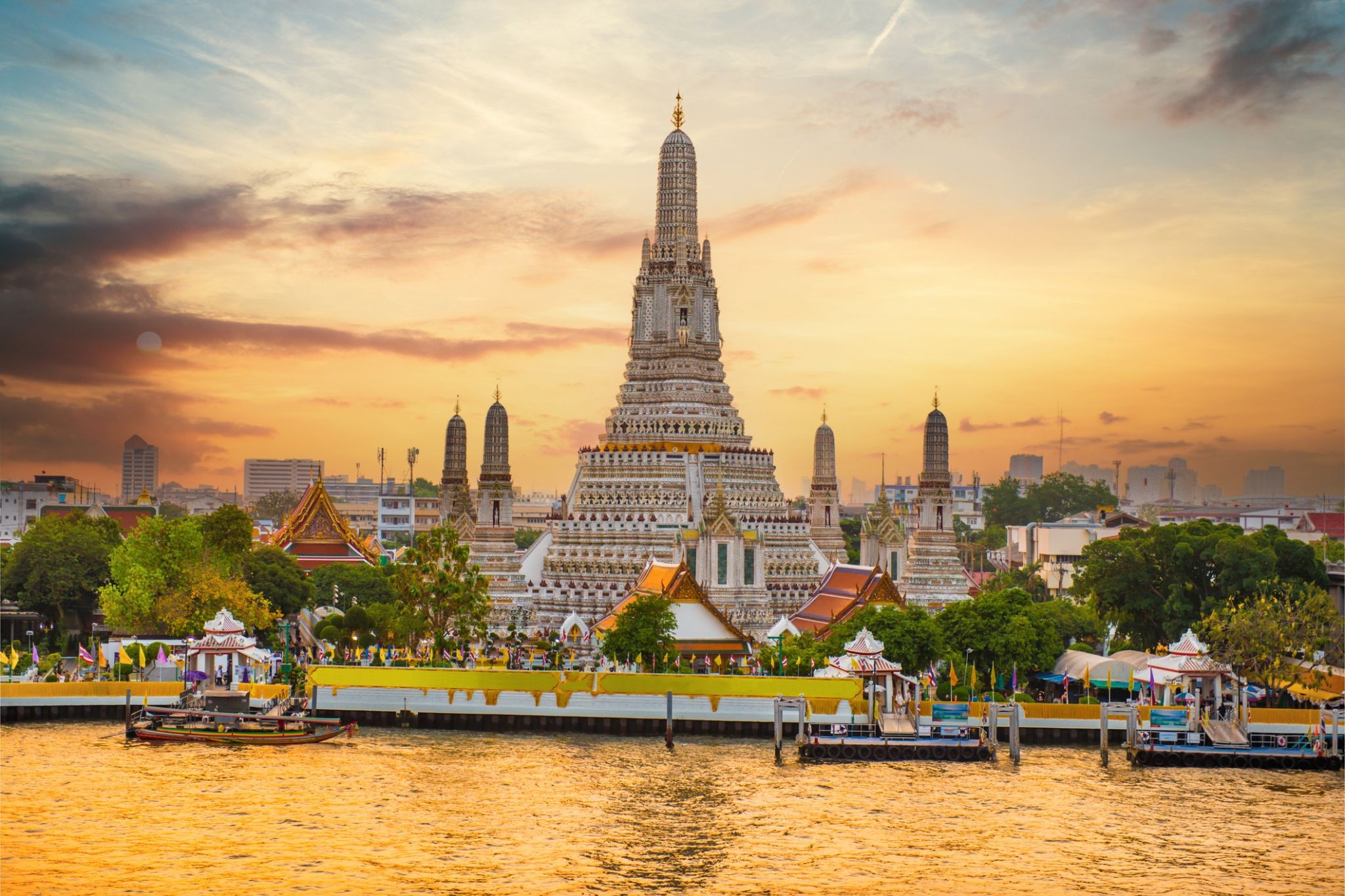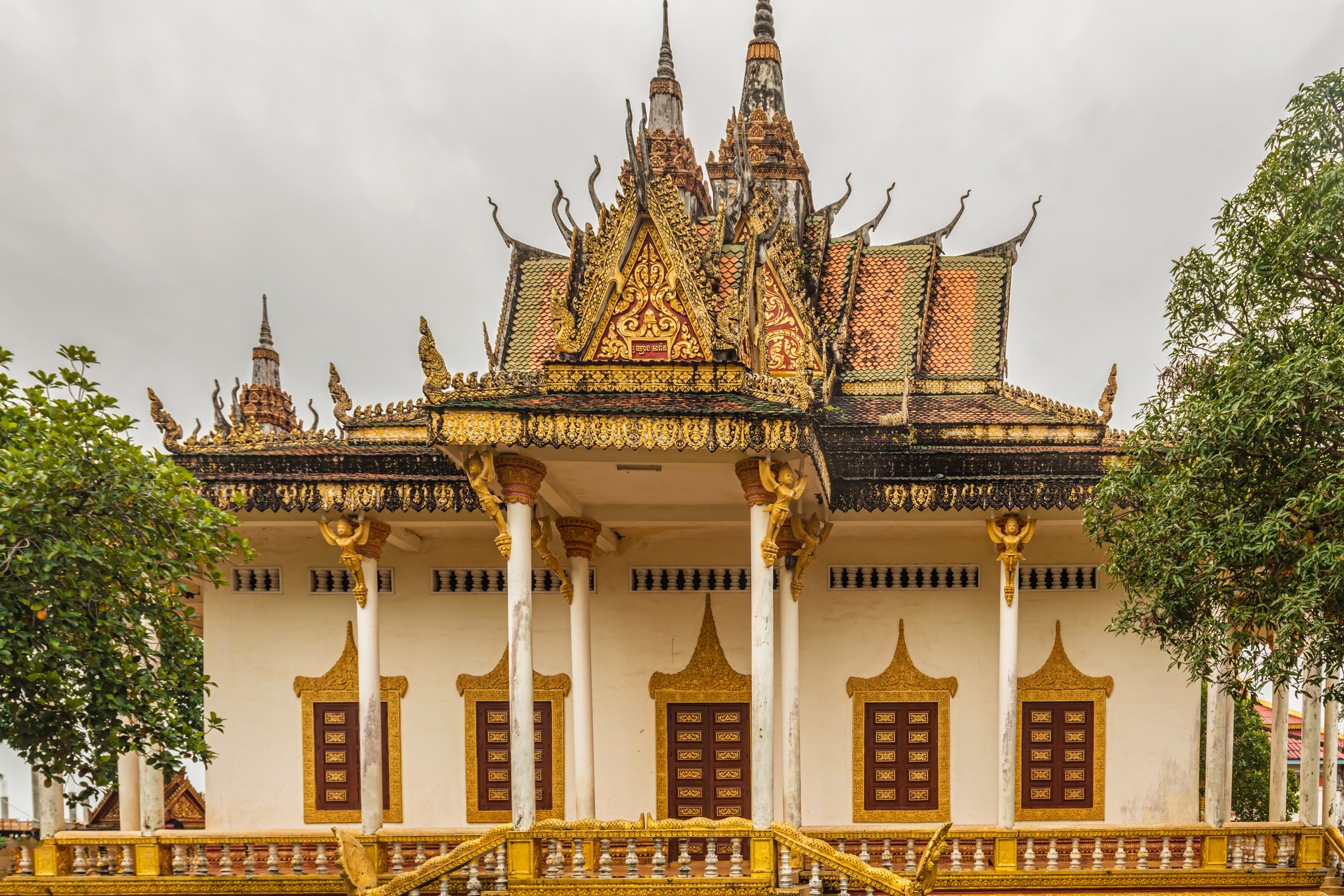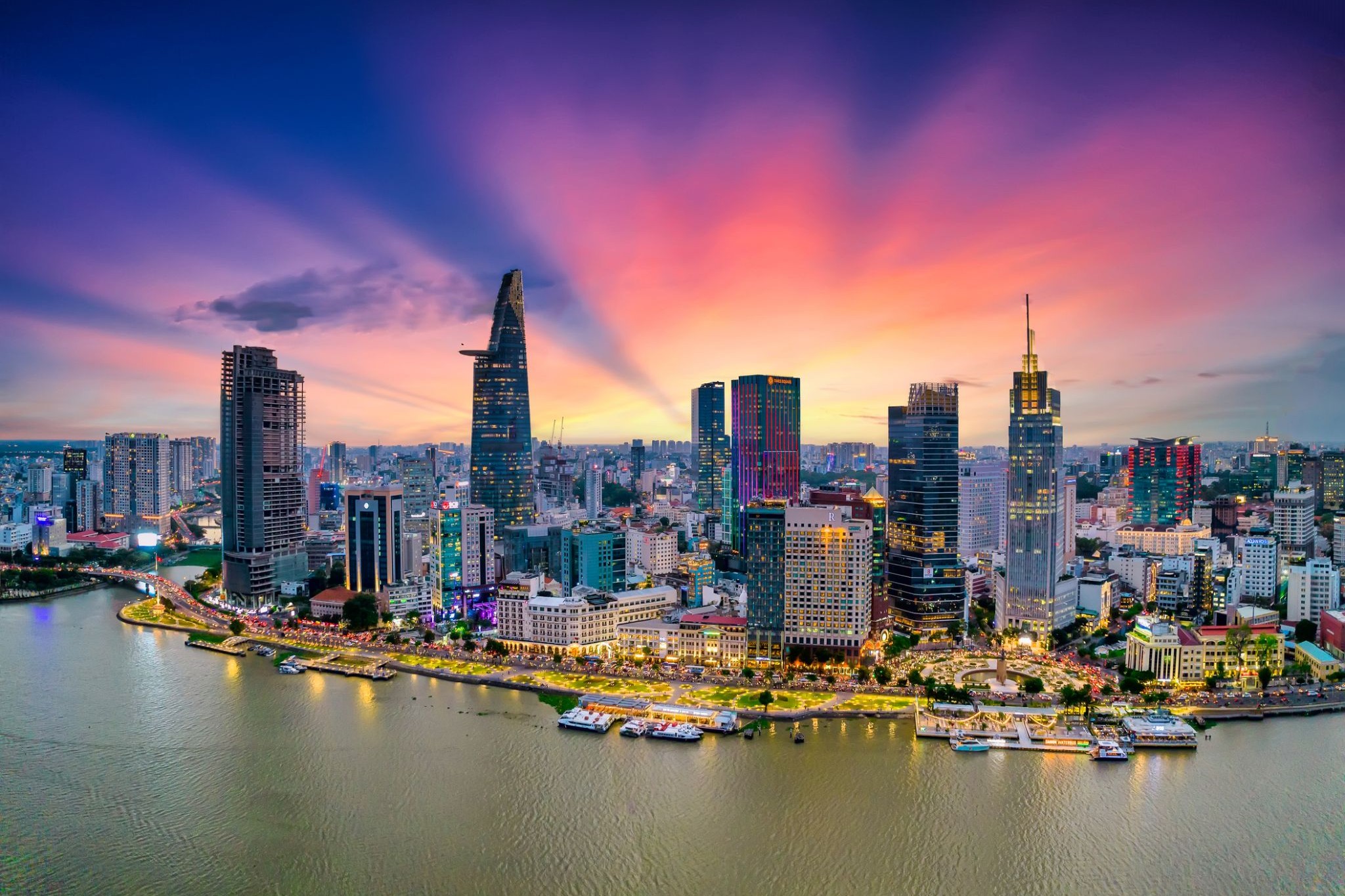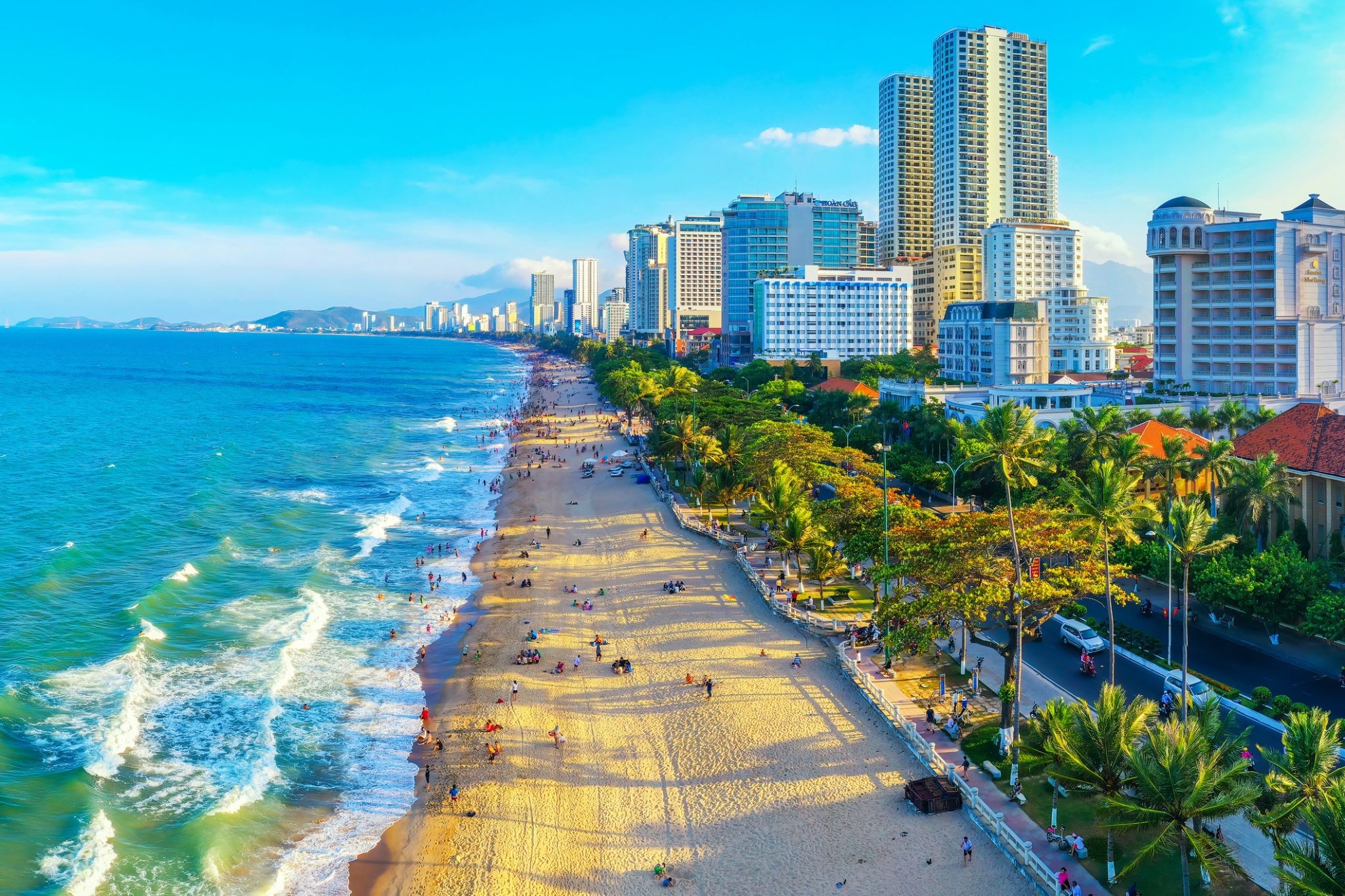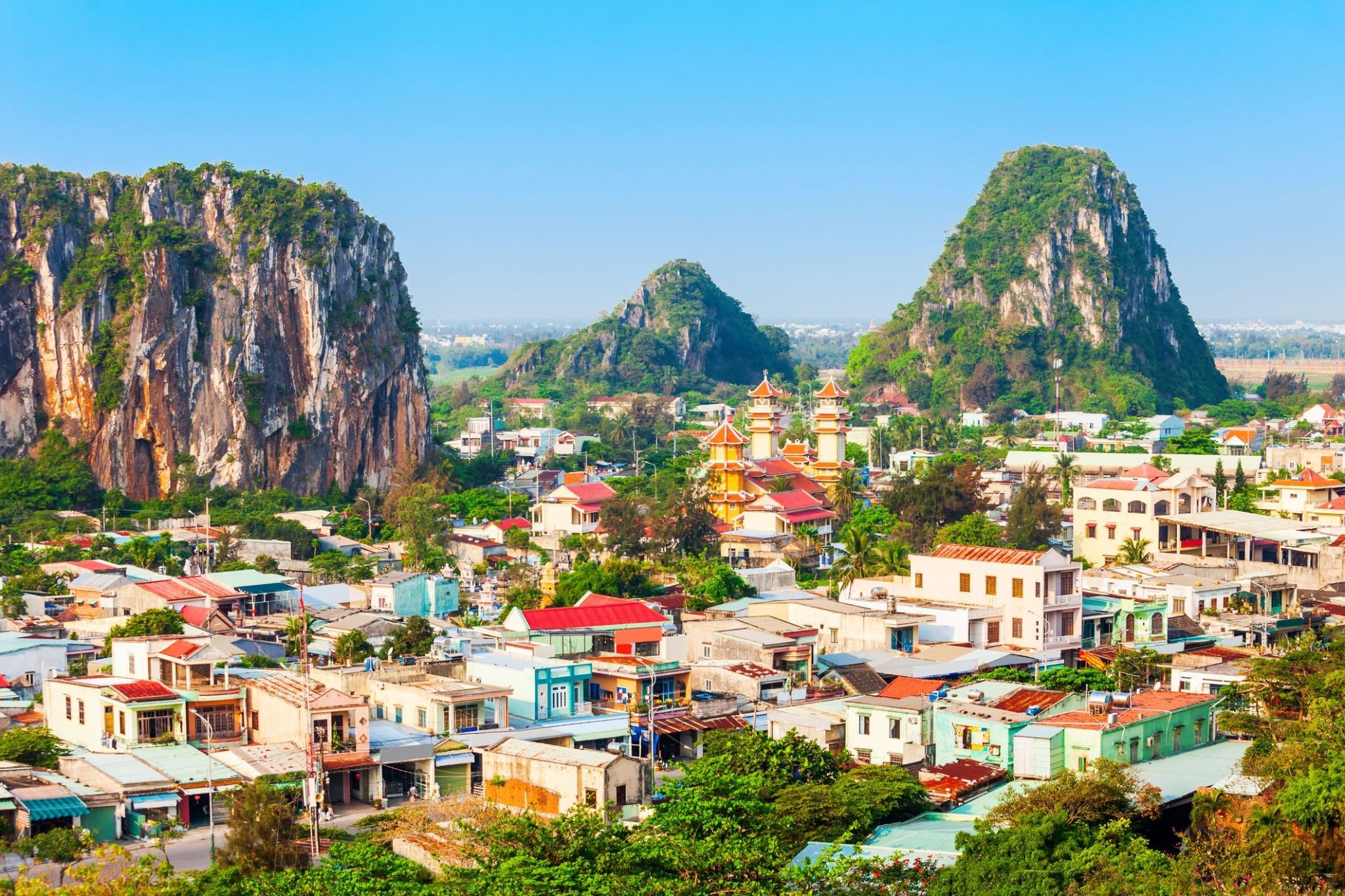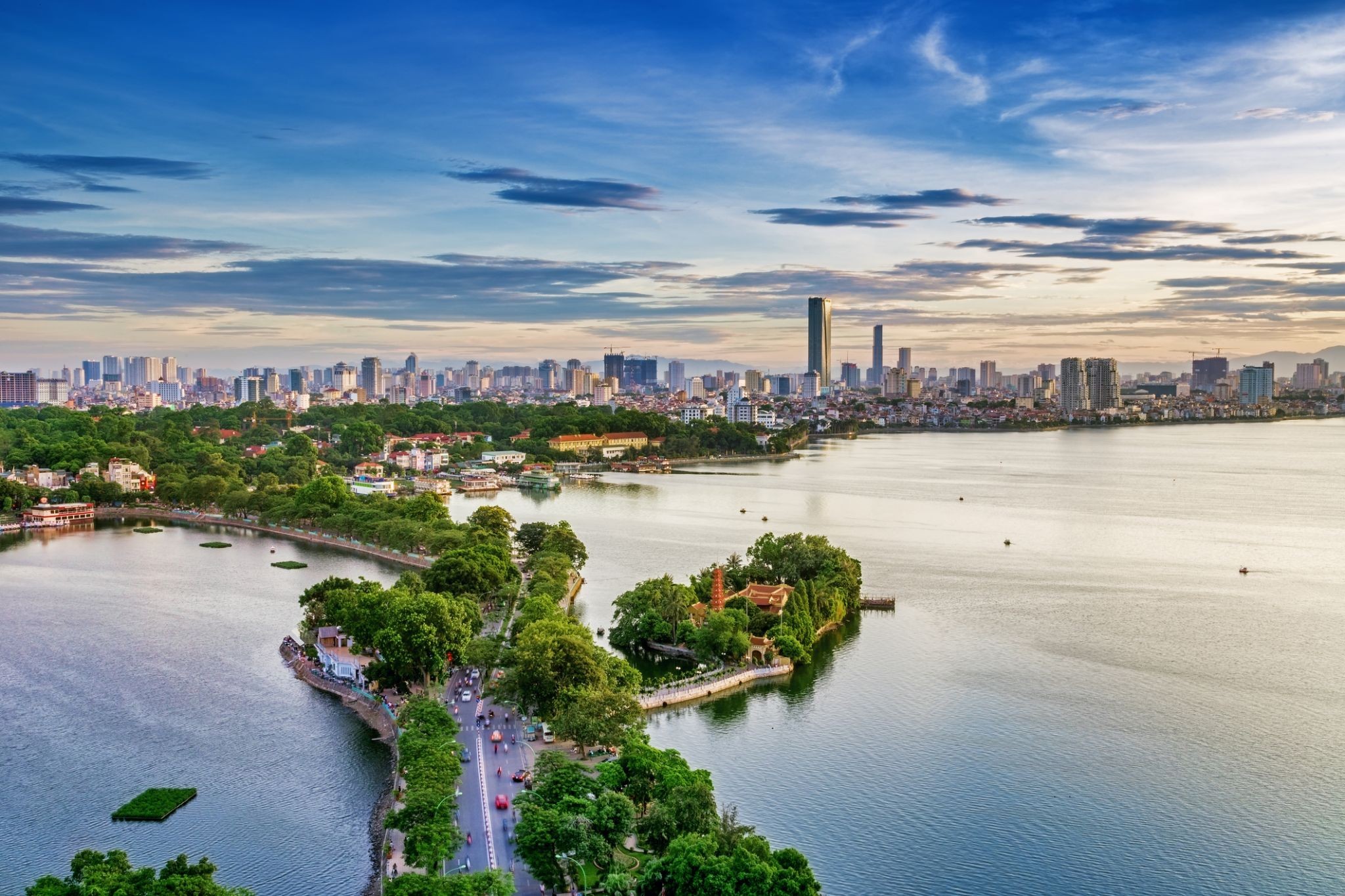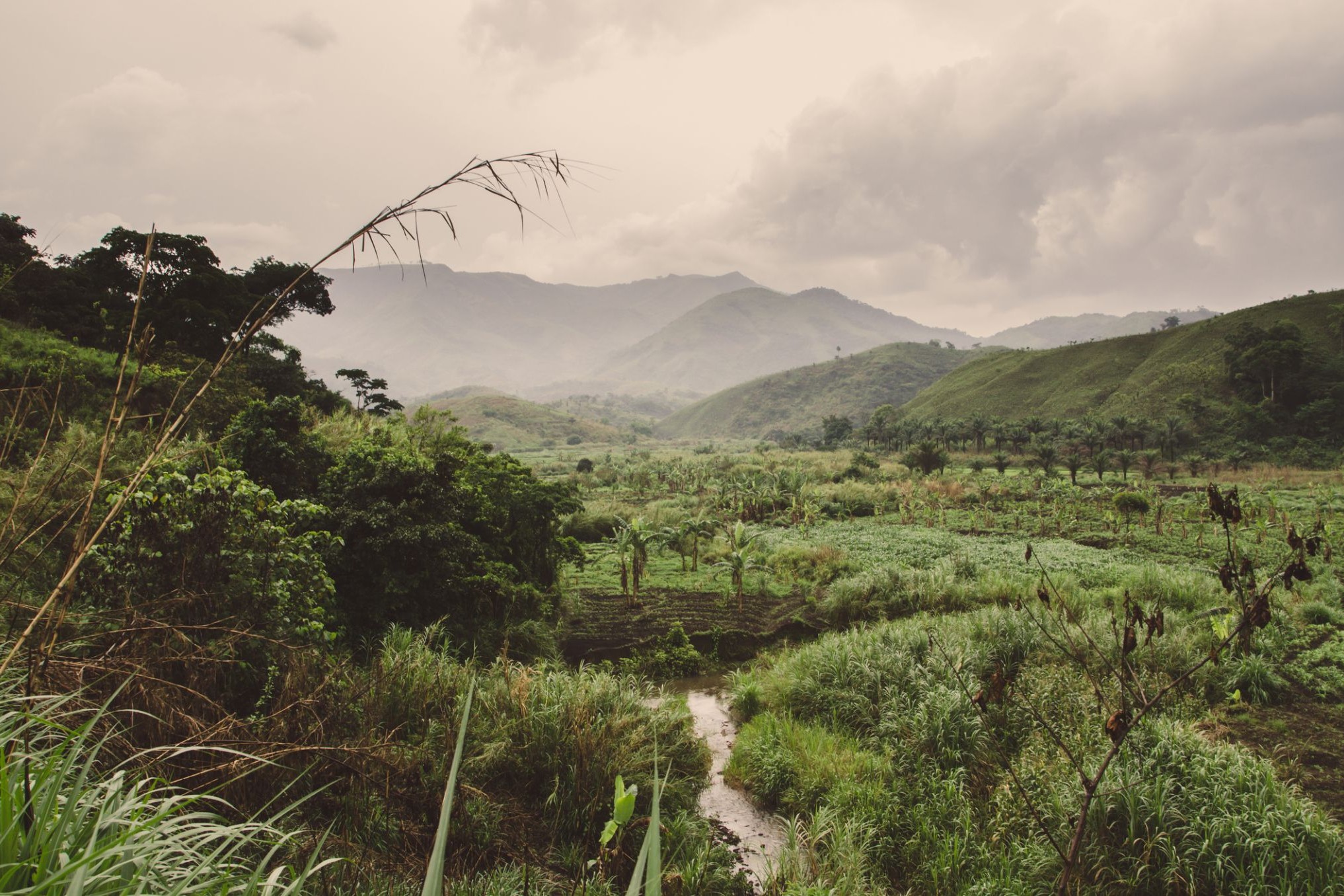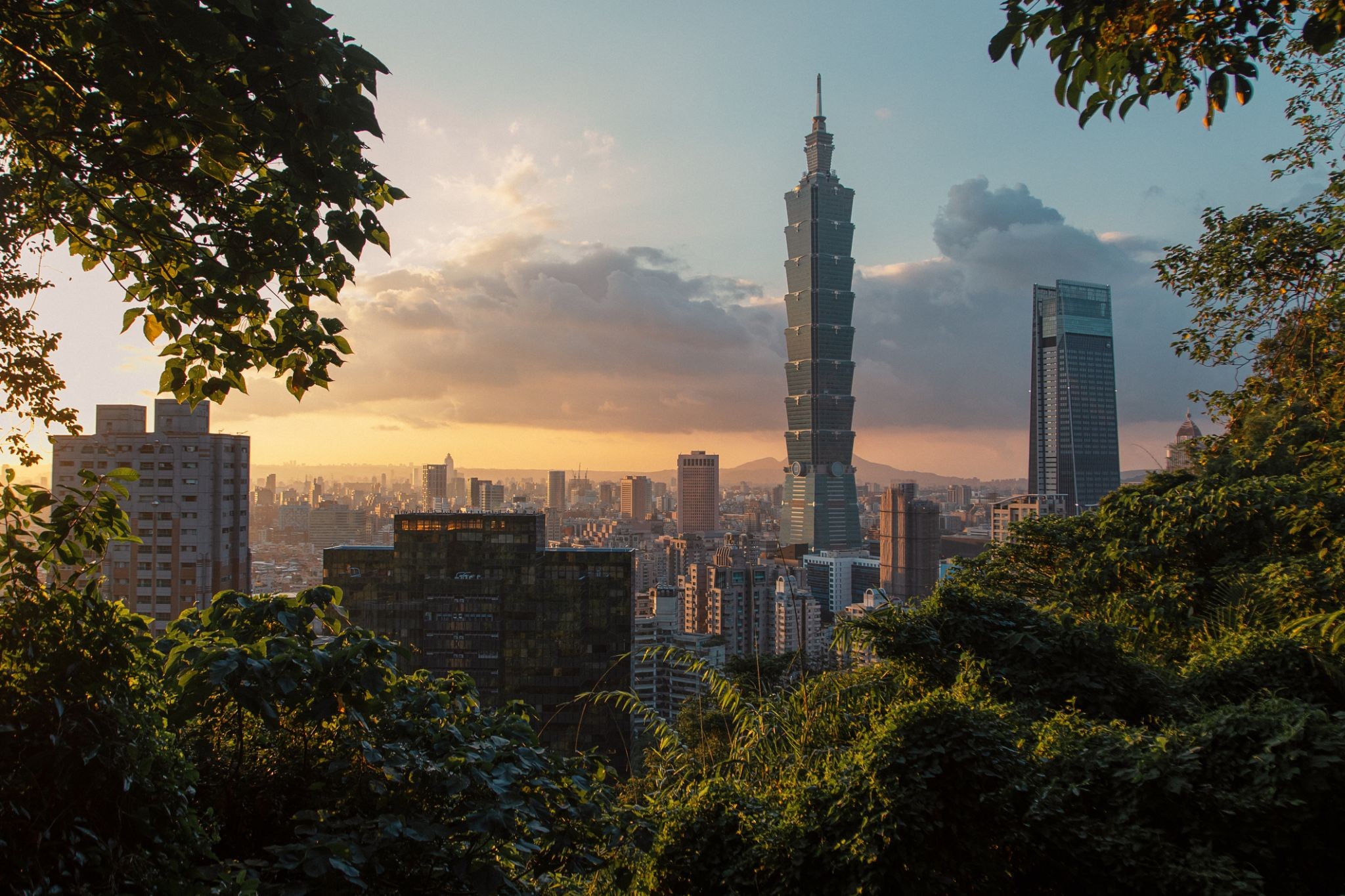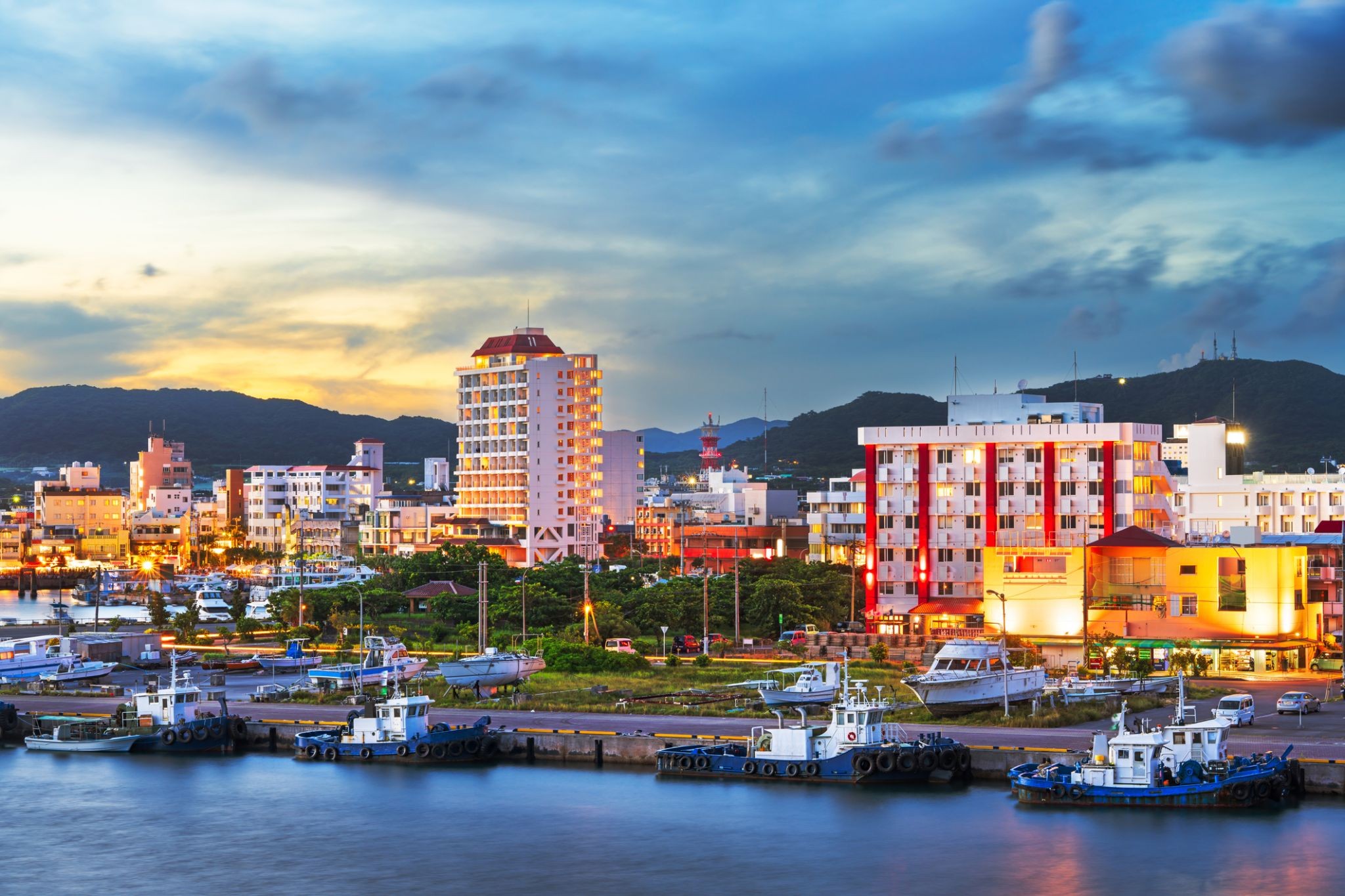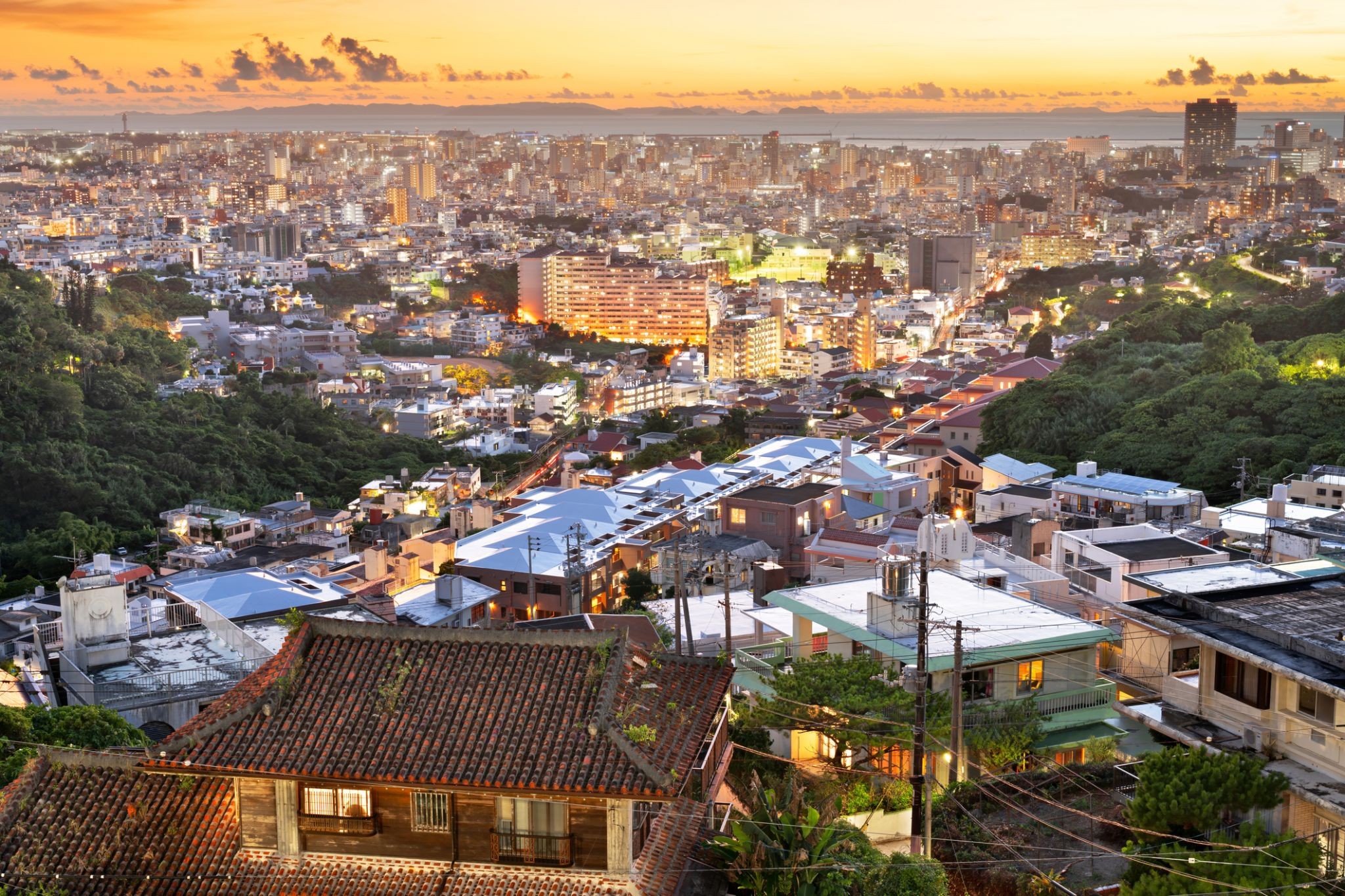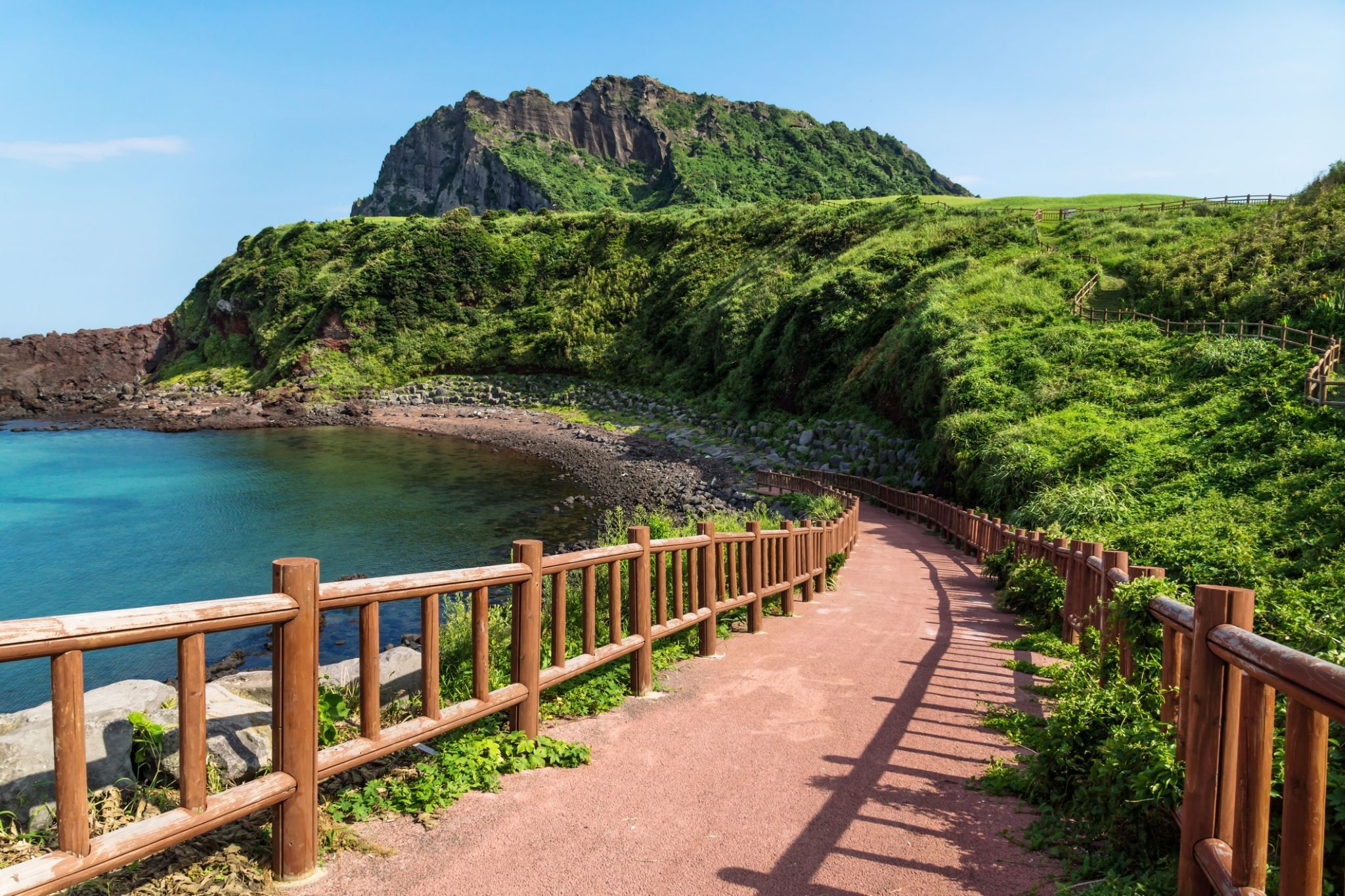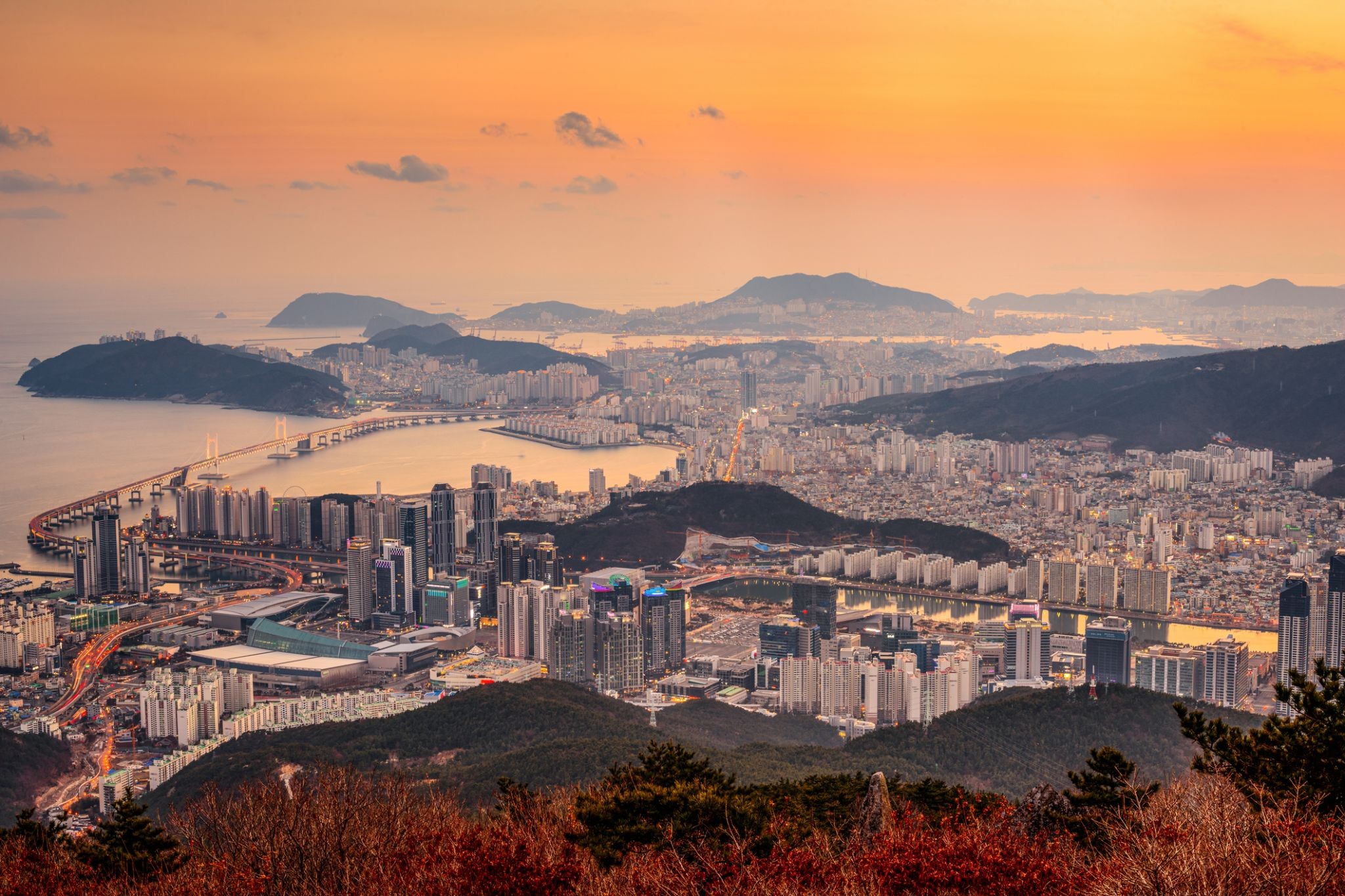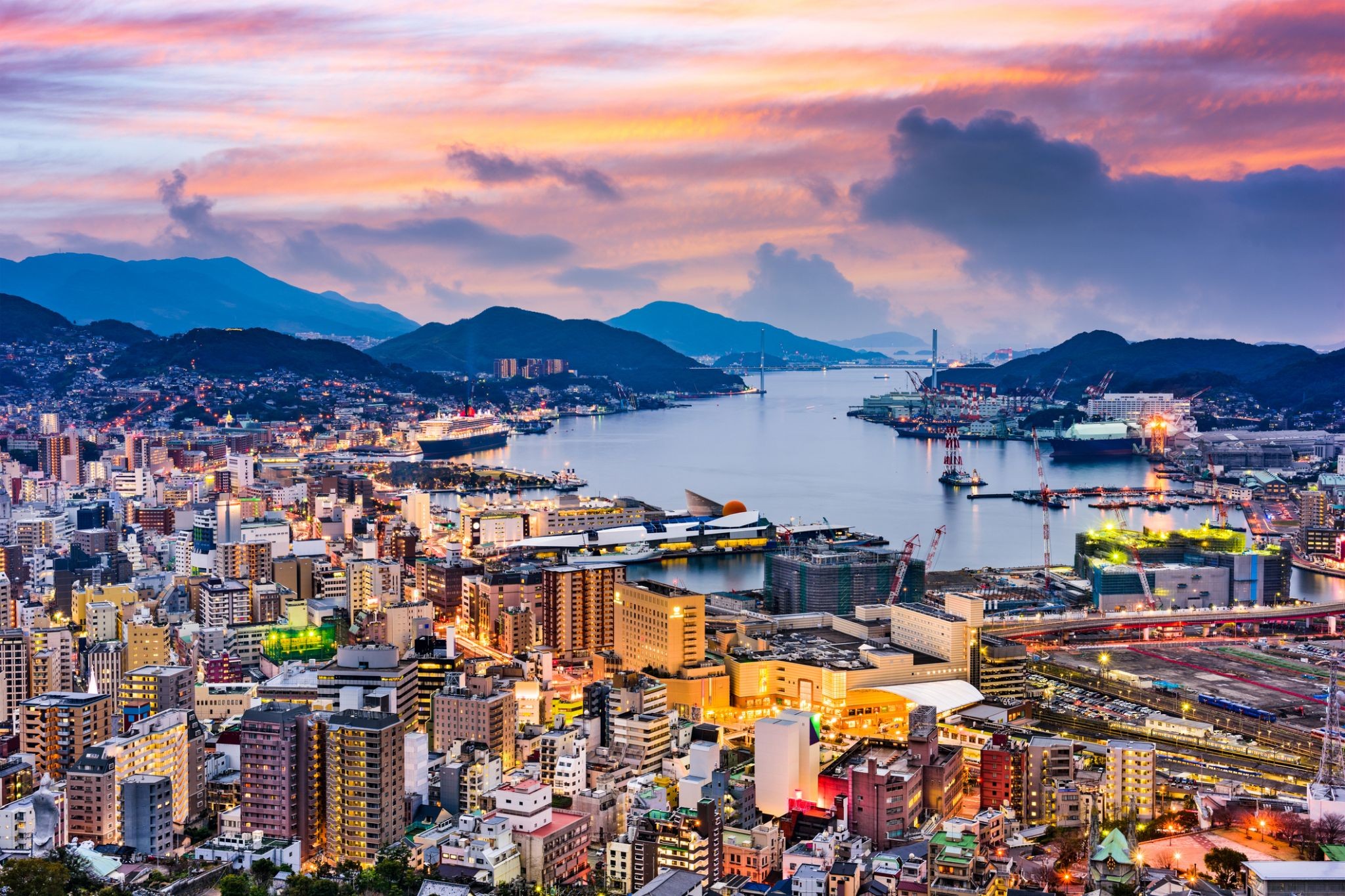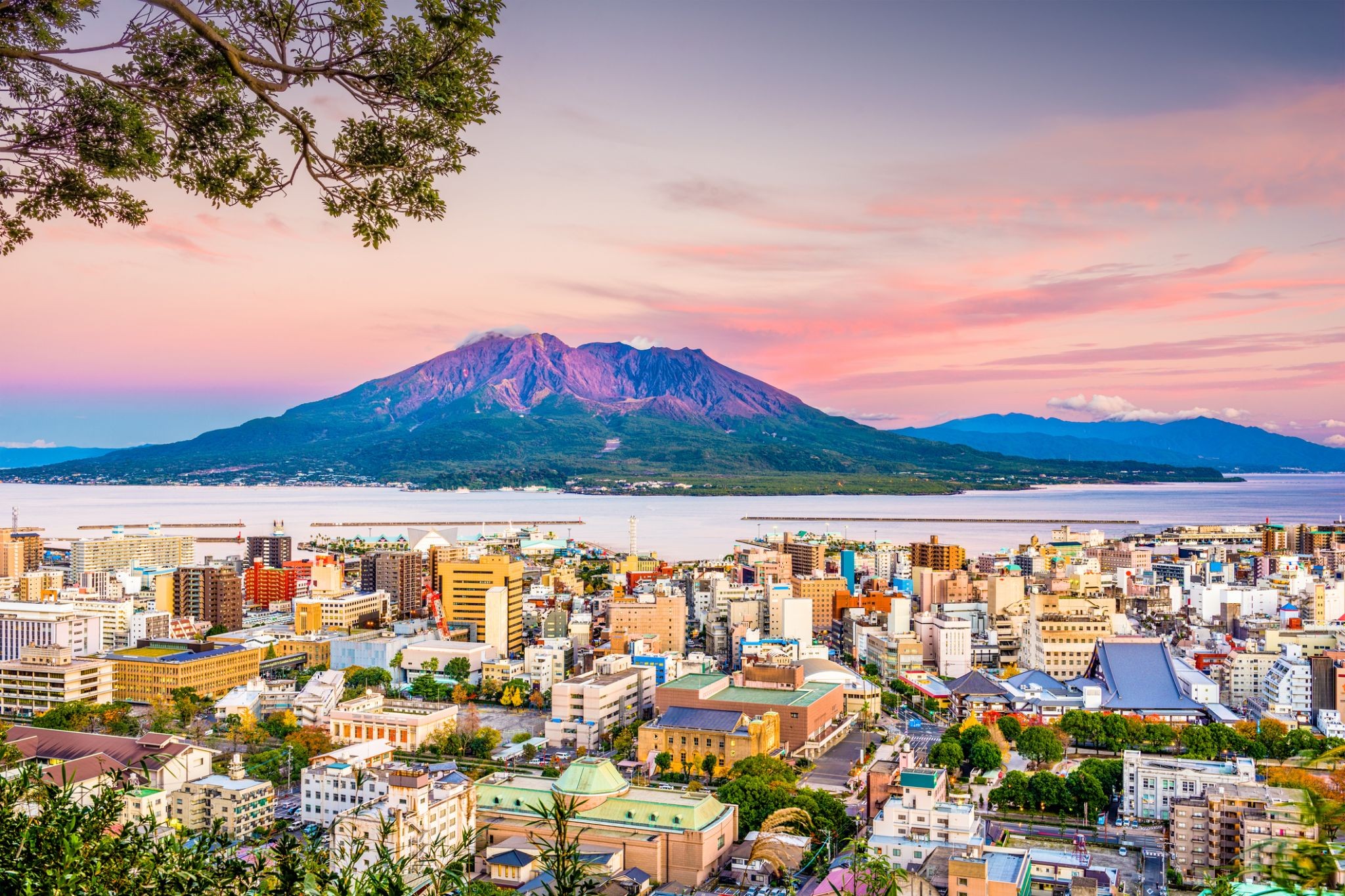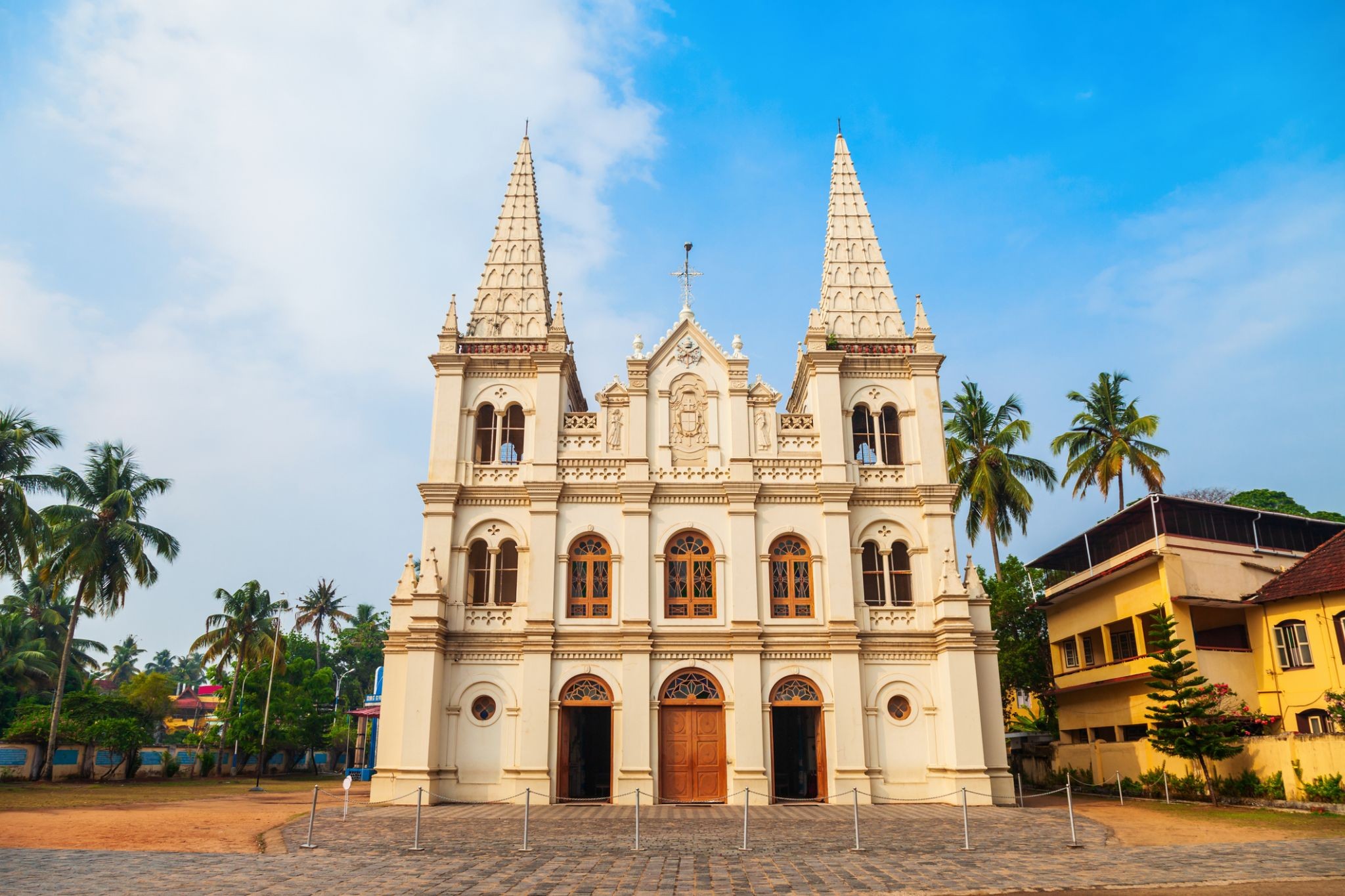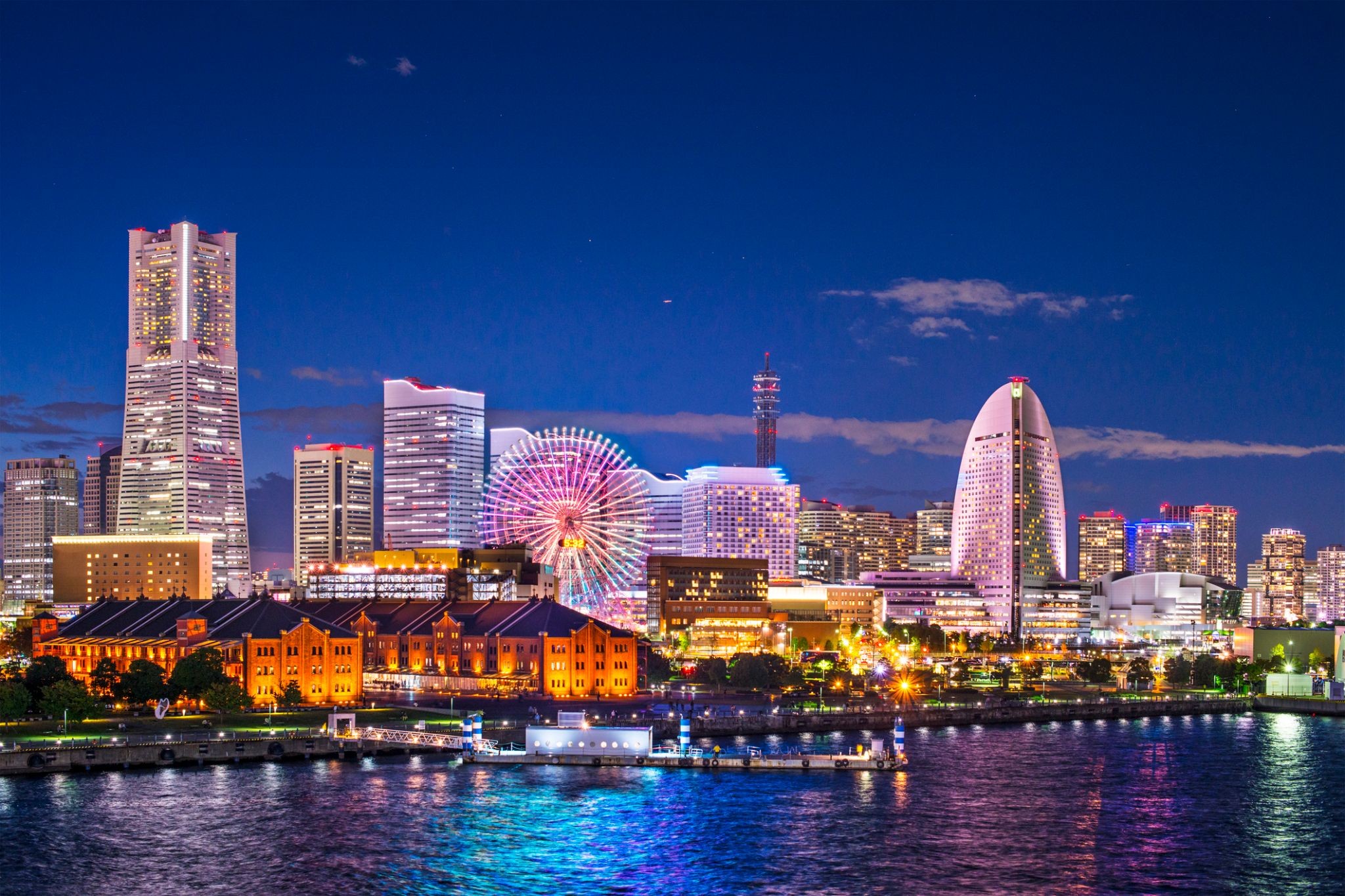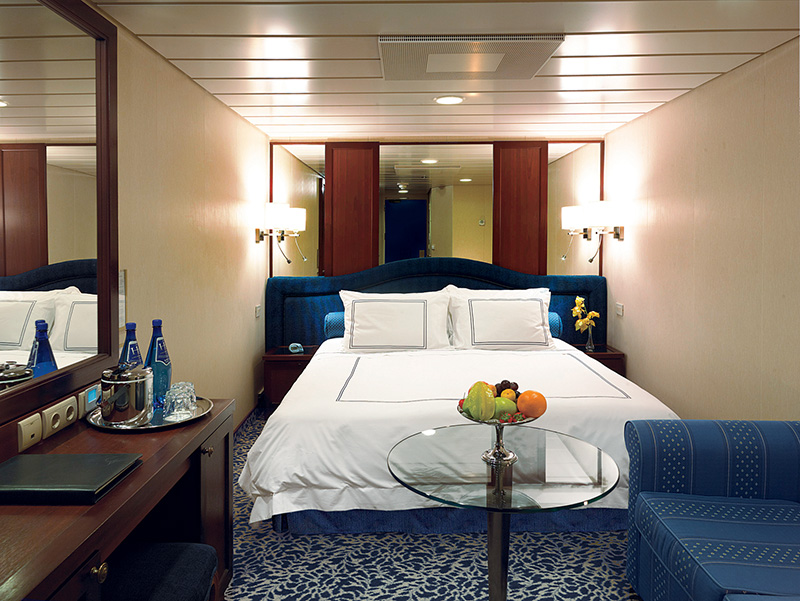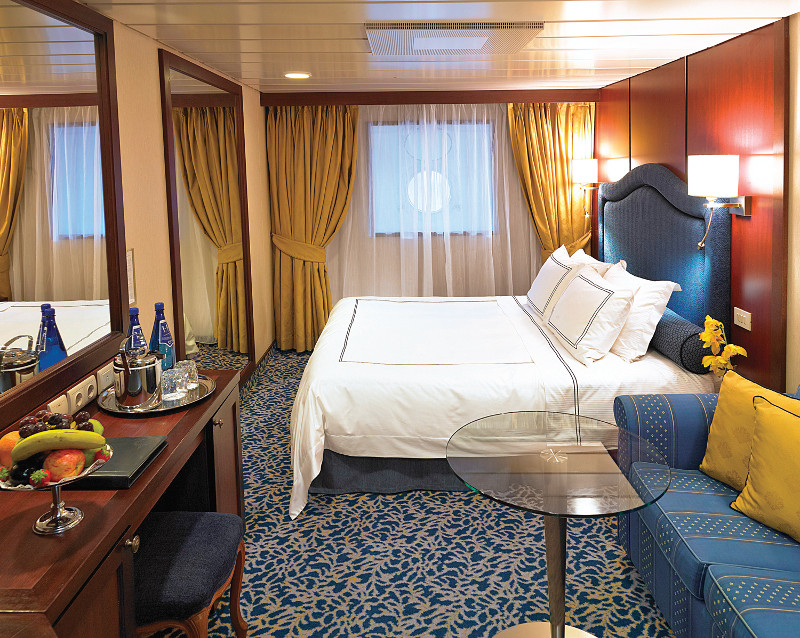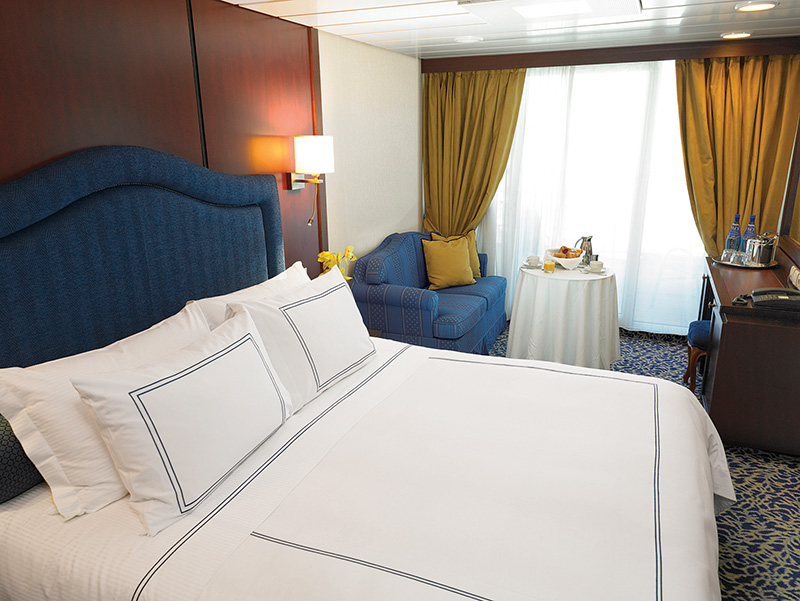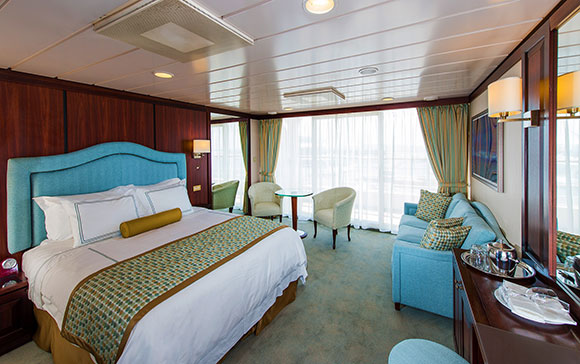Rejs 30 941 351
Jedwabne szlaki do samurajów
| Region rejsu : Azja, Oceania |
| Firma : Oceania Cruises |
| Statek : Nautica |
| Data rozpoczęcia : czw. 11 lut 2027 |
| Data zakończenia : czw. 11 mar 2027 |
| Liczba nocy : 28 nocy |
Harmonogram
| Dzień | Data | Port | Wypłynięcie | Odpłynięcie |
|---|---|---|---|---|
| 1 | 11.02 czw. | Singapur / Singapur | 18:00 | |
| 2 | 12.02 pt. | Dzień na morzu / Morze | ||
| 3 | 13.02 sob. | Wyspa Samui / Koh Samui / Thailand | 08:00 | 16:00 |
| 4 | 14.02 niedz. | Bangkok / Thailand | 09:00 | |
| 5 | 15.02 pon. | Bangkok / Thailand | 16:00 | |
| 6 | 16.02 wt. | Kampongsaom (Sihanoukville) / Cambodia | 11:00 | 20:00 |
| 7 | 17.02 śr. | Dzień na morzu / Morze | ||
| 8 | 18.02 czw. | Ho Chi Minh / Vietnam | 07:00 | |
| 9 | 19.02 pt. | Ho Chi Minh / Vietnam | 15:00 | |
| 10 | 20.02 sob. | Nha Trang / Vietnam | 09:00 | 16:00 |
| 11 | 21.02 niedz. | Da Nang / Vietnam | 11:00 | |
| 12 | 22.02 pon. | Da Nang / Vietnam | 14:00 | |
| 13 | 23.02 wt. | Hanoi / Vietnam | 09:00 | 20:00 |
| 14 | 24.02 śr. | Dzień na morzu / Morze | ||
| 15 | 25.02 czw. | Limbe / Cameroon | 06:00 | 18:00 |
| 16 | 26.02 pt. | Dzień na morzu / Morze | ||
| 17 | 27.02 sob. | Tajpej / Taiwan | 07:00 | 19:00 |
| 18 | 28.02 niedz. | Ishigaki, Okinawa / Japonia | 07:00 | 17:00 |
| 19 | 1.03 pon. | Naha / Japonia | 09:00 | 18:00 |
| 20 | 2.03 wt. | Dzień na morzu / Morze | ||
| 21 | 3.03 śr. | Jeju (Gangjeong) / Korea | 07:00 | 19:00 |
| 22 | 4.03 czw. | Busan / Korea | 08:00 | 18:00 |
| 23 | 5.03 pt. | Nagasaki / Japonia | 07:00 | 17:00 |
| 24 | 6.03 sob. | Kagoshima / Japonia | 07:00 | 16:00 |
| 25 | 7.03 niedz. | Kochi / Indie | 10:00 | 19:00 |
| 26 | 8.03 pon. | Tokushima / Japonia | 07:00 | 19:00 |
| 27 | 9.03 wt. | Kioto | 07:00 | 22:00 |
| 28 | 10.03 śr. | Dzień na morzu / Morze | ||
| 29 | 11.03 czw. | Yokohama (Tokio) / Japonia | 07:00 | 18:00 |
-
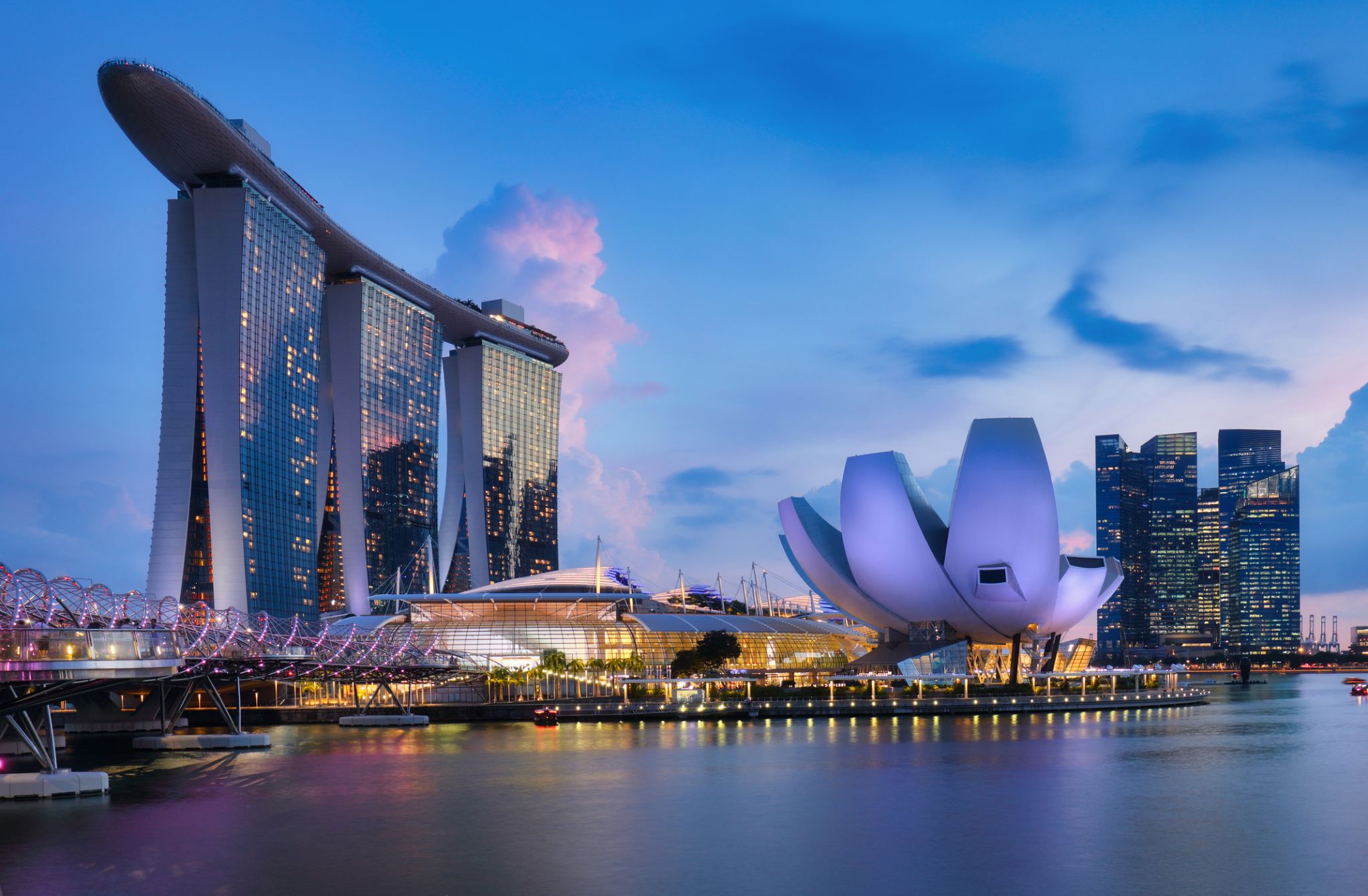 Dzień 1: 18:00
Dzień 1: 18:00Singapur / Singapur
-
 Dzień 2:
Dzień 2:Dzień na morzu / Morze
-
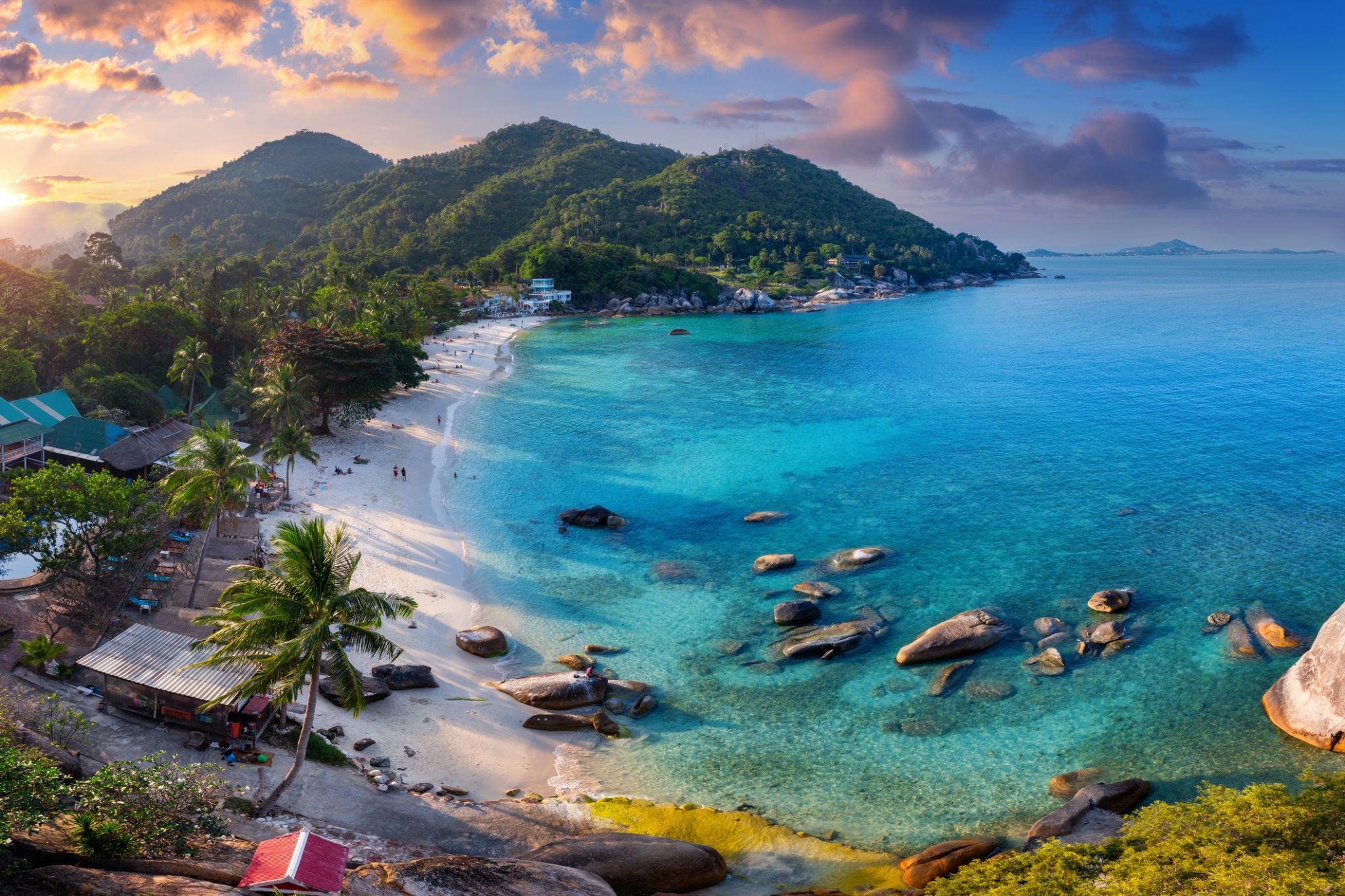 Dzień 3: 08:00-16:00
Dzień 3: 08:00-16:00Wyspa Samui / Koh Samui / Thailand
Wśród tropikalnych wysp Tajlandii Koh Samui wyróżnia się swoją unikalną naturą i atmosferą. Ta wyspa przyciąga podróżnych z całego świata swoimi białymi, piaszczystymi plażami, malowniczymi wodospadami i gęstymi dżunglami. To idealne miejsce na relaks, niezależnie od tego, czy chodzi o sport wodny, odkrywanie natury, czy po prostu cieszenie się ciszą i pięknem.
Dodatkowo, Koh Samui jest znana ze swojego dziedzictwa kulturowego, w tym wielu buddyjskich świątyń i sanktuariów. Jedną z najbardziej znanych jest Świątynia Wielkiego Buddy, która jest nie tylko centrum religijnym, ale także jedną z głównych atrakcji wyspy. Lokalne jedzenie, w tym świeże owoce morza i egzotyczne owoce, sprawi, że podróż będzie jeszcze bardziej ekscytująca i smaczna.
-
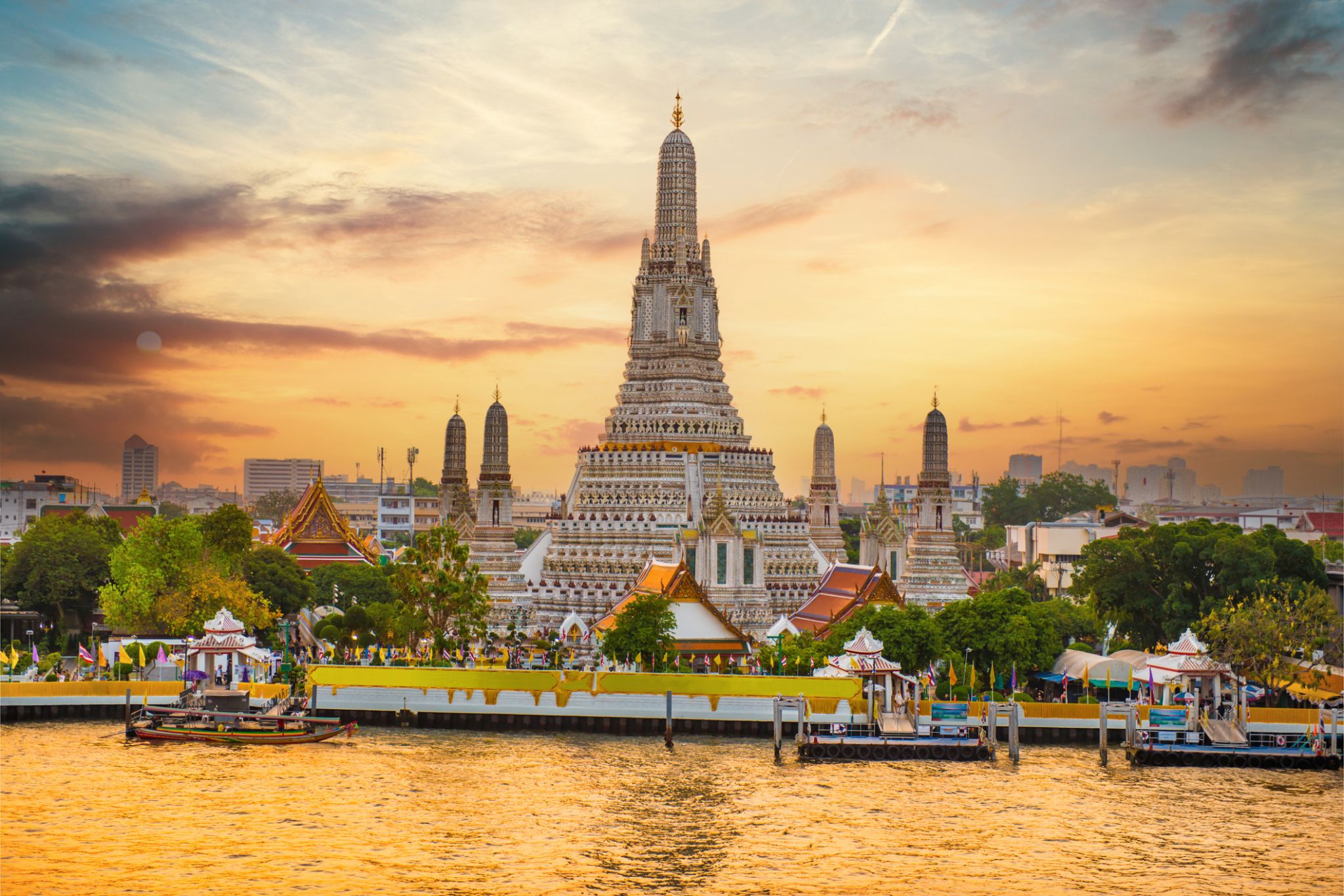 Dzień 4: 09:00
Dzień 4: 09:00Bangkok / Thailand
Bangkok is the capital and most populous city of Thailand. It is known in Thai as Krung Thep Maha Nakhon or simply Krung Thep. The city occupies 1,568.7 square kilometres (605.7 sq mi) in the Chao Phraya River delta in central Thailand, and has a population of over eight million, or 12.6 percent of the country's population. Over fourteen million people (22.2 percent) lived within the surrounding Bangkok Metropolitan Region at the 2010 census, making Bangkok the nation's primate city, significantly dwarfing Thailand's other urban centres in terms of importance.
-
 Dzień 5: 16:00
Dzień 5: 16:00Bangkok / Thailand
Bangkok is the capital and most populous city of Thailand. It is known in Thai as Krung Thep Maha Nakhon or simply Krung Thep. The city occupies 1,568.7 square kilometres (605.7 sq mi) in the Chao Phraya River delta in central Thailand, and has a population of over eight million, or 12.6 percent of the country's population. Over fourteen million people (22.2 percent) lived within the surrounding Bangkok Metropolitan Region at the 2010 census, making Bangkok the nation's primate city, significantly dwarfing Thailand's other urban centres in terms of importance.
-
 Dzień 6: 11:00-20:00
Dzień 6: 11:00-20:00Kampongsaom (Sihanoukville) / Cambodia
Kompong Som (Sihanoukville)
-
 Dzień 7:
Dzień 7:Dzień na morzu / Morze
-
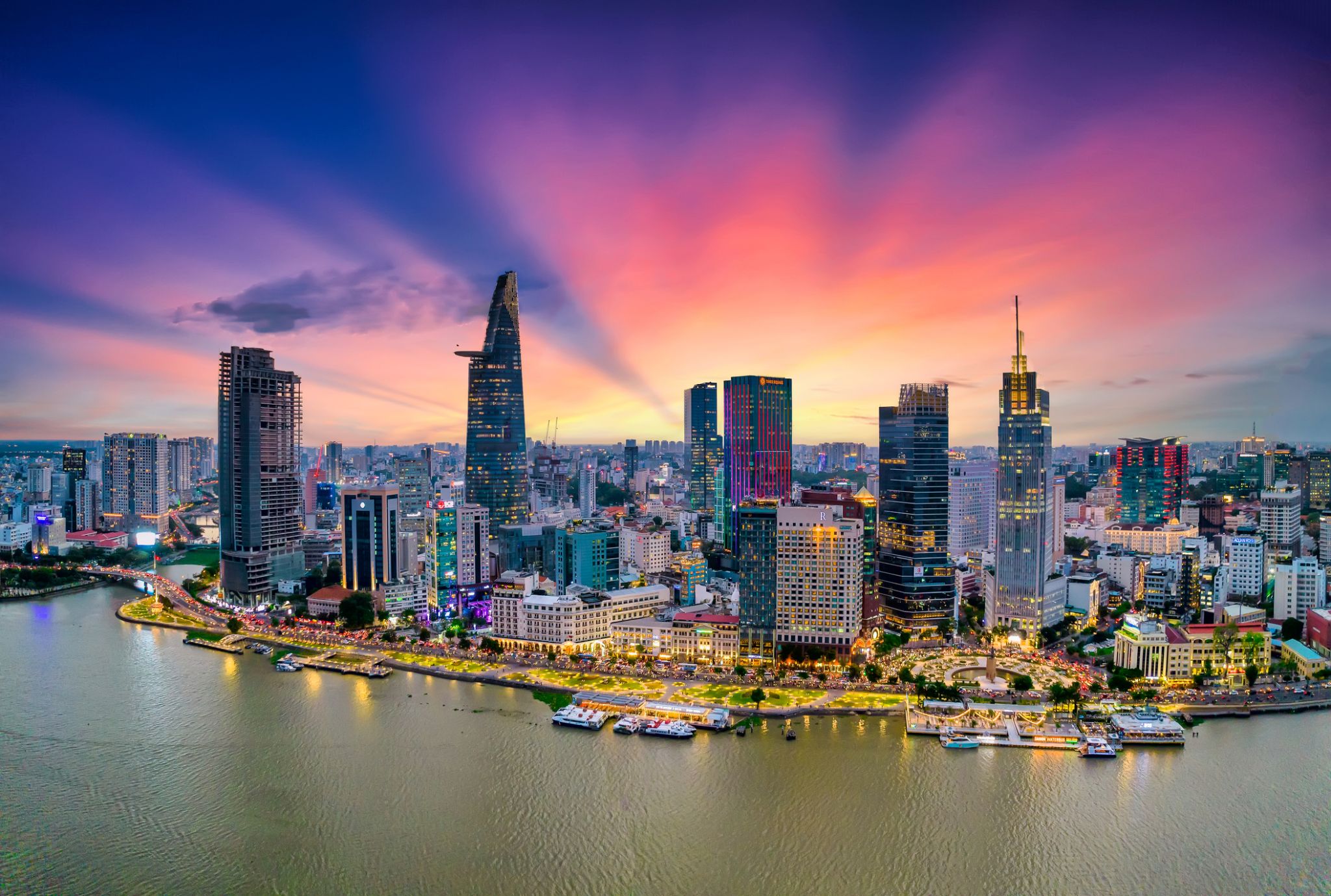 Dzień 8: 07:00
Dzień 8: 07:00Ho Chi Minh / Vietnam
Ho Chi Minh, znane również pod swoją dawną nazwą Sajgon, jest najludniejszym miastem Wietnamu z populacją 8,4 miliona (13 milionów w obszarze metropolitalnym) według stanu na 2017 rok. Położona w południowo-wschodnim Wietnamie metropolia otacza rzekę Sajgon i zajmuje powierzchnię około 2061 kilometrów kwadratowych (796 mil kwadratowych).
Pod nazwą Sajgon było stolicą Indochin Francuskich od 1887 do 1902 roku i ponownie od 1945 do 1954 roku. Sajgon stał się później stolicą Wietnamu Południowego od 1955 roku aż do jego upadku w 1975 roku. 2 lipca 1976 roku Sajgon połączył się z otaczającą prowincją Gia Định i został oficjalnie przemianowany na Ho Chi Minh City na cześć przywódcy rewolucyjnego Hồ Chí Minha (chociaż nazwa Sài Gòn jest nadal powszechnie używana).
Ho Chi Minh City jest centrum finansowym Wietnamu i jest klasyfikowane jako miasto światowe Beta+ przez Globalization and World Cities Research Network. Jest siedzibą Giełdy Papierów Wartościowych w Ho Chi Minh City, największej giełdy papierów wartościowych pod względem całkowitej kapitalizacji rynkowej w Wietnamie oraz siedzibą wielu krajowych i międzynarodowych banków i firm.
Ho Chi Minh City jest najczęściej odwiedzanym miastem w Wietnamie, z 6,3 miliona odwiedzających w 2017 roku. Wiele znanych międzynarodowym turystom zabytków miasta to między innymi targ Bến Thành, ratusz w Ho Chi Minh City, bazylika katedralna Notre-Dame w Sajgonie, Pałac Niepodległości i Teatr Miejski. Głównym lotniskiem pasażerskim obsługującym obszar metropolitalny jest międzynarodowe lotnisko Tân Sơn Nhất, najbardziej ruchliwe lotnisko w Wietnamie, które w 2017 roku obsłużyło 36 milionów pasażerów.
-
 Dzień 9: 15:00
Dzień 9: 15:00Ho Chi Minh / Vietnam
Ho Chi Minh, znane również pod swoją dawną nazwą Sajgon, jest najludniejszym miastem Wietnamu z populacją 8,4 miliona (13 milionów w obszarze metropolitalnym) według stanu na 2017 rok. Położona w południowo-wschodnim Wietnamie metropolia otacza rzekę Sajgon i zajmuje powierzchnię około 2061 kilometrów kwadratowych (796 mil kwadratowych).
Pod nazwą Sajgon było stolicą Indochin Francuskich od 1887 do 1902 roku i ponownie od 1945 do 1954 roku. Sajgon stał się później stolicą Wietnamu Południowego od 1955 roku aż do jego upadku w 1975 roku. 2 lipca 1976 roku Sajgon połączył się z otaczającą prowincją Gia Định i został oficjalnie przemianowany na Ho Chi Minh City na cześć przywódcy rewolucyjnego Hồ Chí Minha (chociaż nazwa Sài Gòn jest nadal powszechnie używana).
Ho Chi Minh City jest centrum finansowym Wietnamu i jest klasyfikowane jako miasto światowe Beta+ przez Globalization and World Cities Research Network. Jest siedzibą Giełdy Papierów Wartościowych w Ho Chi Minh City, największej giełdy papierów wartościowych pod względem całkowitej kapitalizacji rynkowej w Wietnamie oraz siedzibą wielu krajowych i międzynarodowych banków i firm.
Ho Chi Minh City jest najczęściej odwiedzanym miastem w Wietnamie, z 6,3 miliona odwiedzających w 2017 roku. Wiele znanych międzynarodowym turystom zabytków miasta to między innymi targ Bến Thành, ratusz w Ho Chi Minh City, bazylika katedralna Notre-Dame w Sajgonie, Pałac Niepodległości i Teatr Miejski. Głównym lotniskiem pasażerskim obsługującym obszar metropolitalny jest międzynarodowe lotnisko Tân Sơn Nhất, najbardziej ruchliwe lotnisko w Wietnamie, które w 2017 roku obsłużyło 36 milionów pasażerów.
-
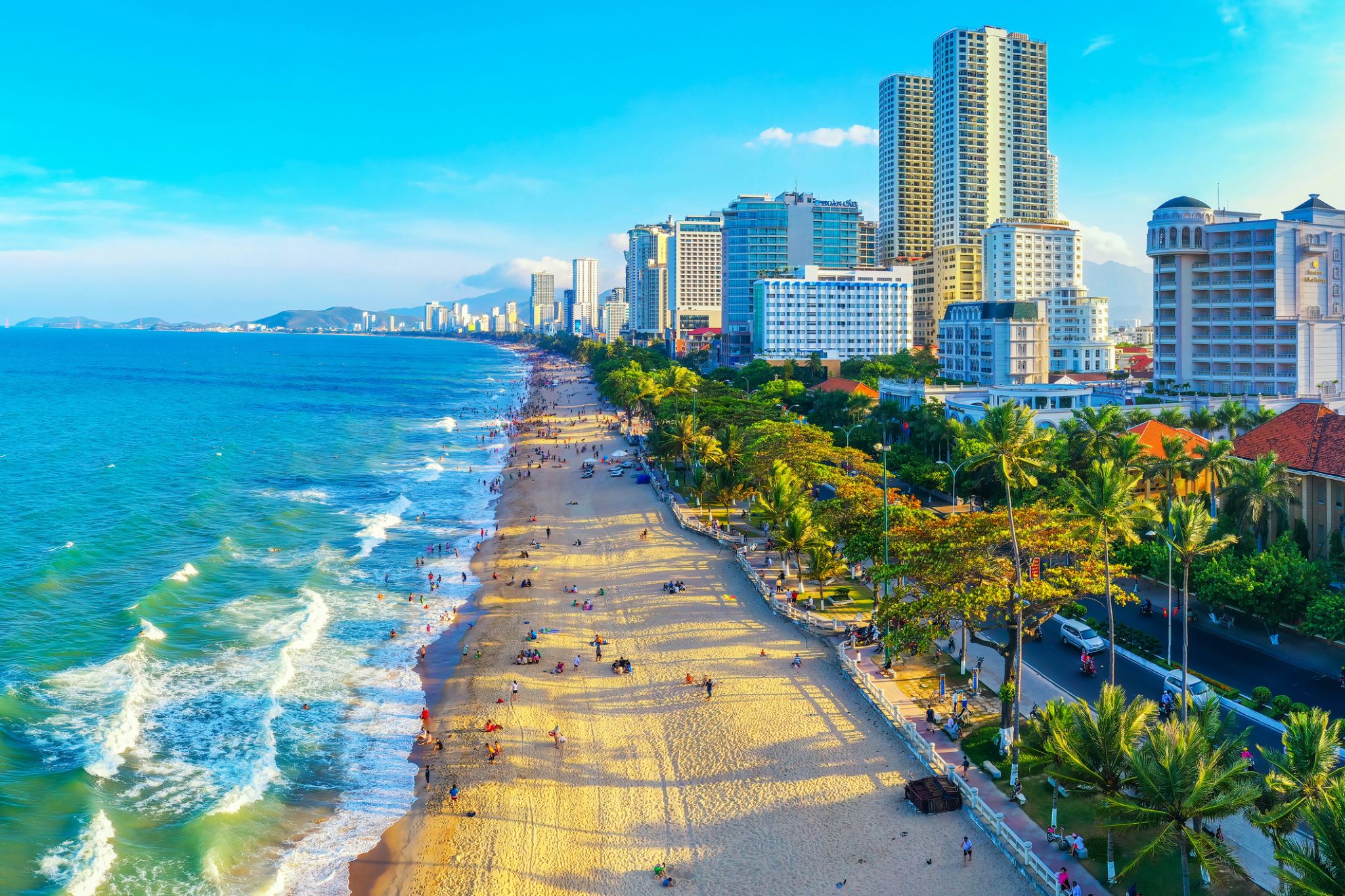 Dzień 10: 09:00-16:00
Dzień 10: 09:00-16:00Nha Trang / Vietnam
Nha Trang is a coastal city and capital of Khánh Hòa Province, on the South Central Coast of Vietnam. It is bounded on the north by Ninh Hoà district, on the south by Cam Ranh town and on the west by Diên Khánh District. The city has about 392,000 inhabitants, a number that is projected to increase to 560,000 by 2015 and 630,000 inhabitants by 2025. An area of 12.87 square kilometres (4.97 sq mi) of the western communes of Diên An and Diên Toàn is planned to be merged into Nha Trang which will make its new area 265.47 square kilometres (102.50 sq mi) based on the approval of the Prime Minister of Vietnam in September 2012.
Nha Trang is well known for its beaches and scuba diving and has developed into a popular destination for international tourists, attracting large numbers of backpackers, as well as more affluent travelers on the south-east Asia circuit; it is already very popular with Vietnamese tourists, with Nha Trang Bay widely considered as among the world's most beautiful bays. Tourists are welcomed to participate in the Sea Festival, held biennially. Nha Trang was the site of the Miss Universe 2008 Pageant on July 14, 2008 and Miss Earth 2010 was held on December 4, 2010. It was also the site for the April 14, 2015 season 8 finale of Face Off. Nha Trang was approved to host the 2016 Asian Beach Games.
Historically, the city was known as Kauthara under the Champa. The city is still home to the famous Po Nagar Tower built by the Champa. Being a coastal city, Nha Trang is a centre for marine science based at the Nha Trang Oceanography Institute. The Hon Mun marine protected area is one of four first marine protected areas in the world admitted by the IUCN.
-
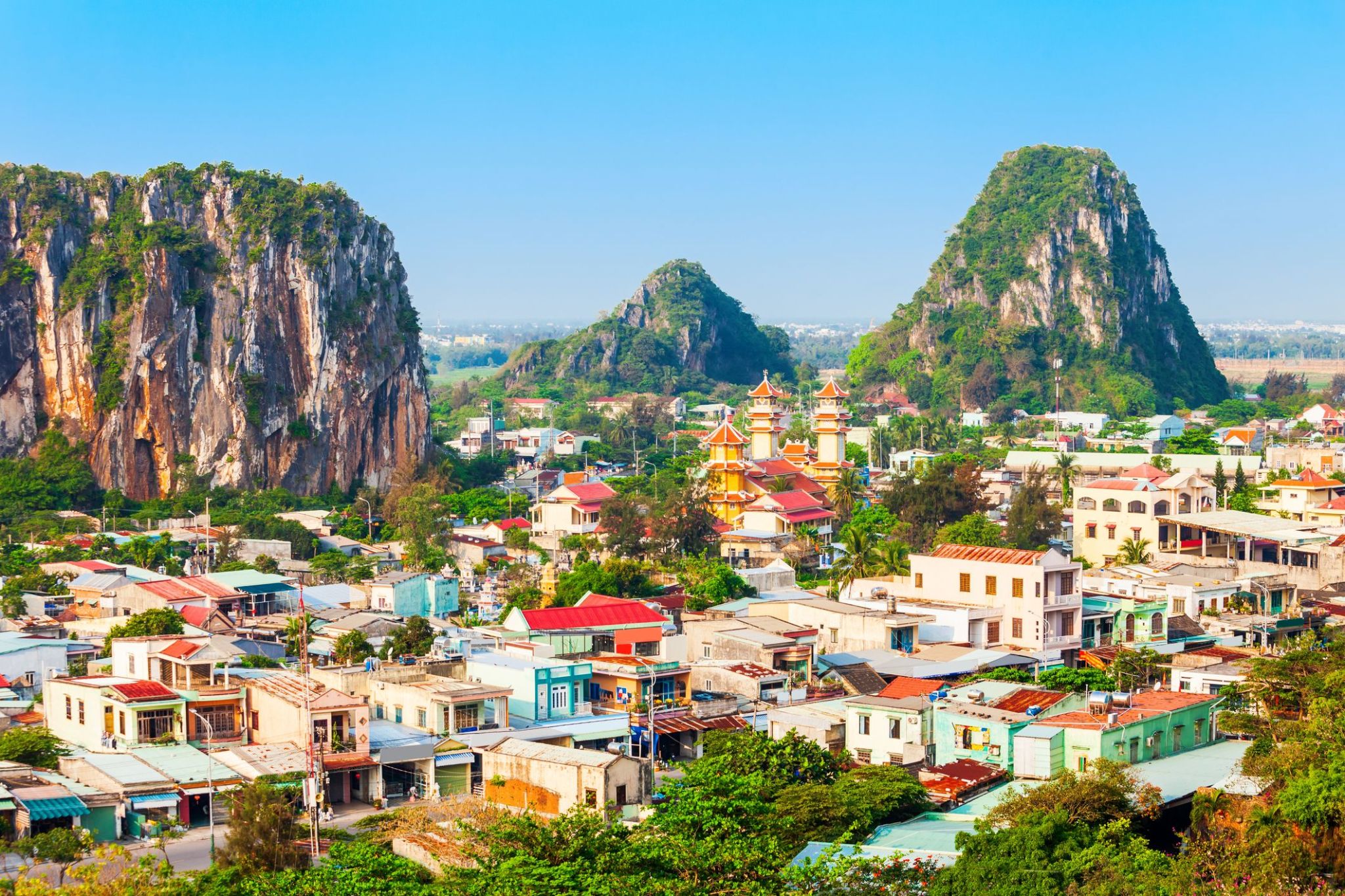 Dzień 11: 11:00
Dzień 11: 11:00Da Nang / Vietnam
Da Nang is the fifth largest city in Vietnam after Ho Chi Minh City, Hanoi, Haiphong and Can Tho in terms of urbanization and economy. Located on the coast of the South China Sea at the mouth of the Han River, it is one of Vietnam's most important port cities. As one of the country's five direct-controlled municipalities, it is under the direct administration of the central government.
Da Nang is the commercial and educational centre of Central Vietnam, as well as being the largest city in the region. In addition to its well-sheltered, easily accessible port, Da Nang's location on the path of National Route 1A and the North–South Railway makes it a hub for transportation. It is located within 100 km (62 mi) of several UNESCO World Heritage Sites, including the Imperial City of Hue, the Old Town of Hoi An, and the My Son ruins. The city was previously known as Cửa Hàn during early Đại Việt settlement, and as Tourane (or Turon) during French colonial rule. Before 1997, the city was part of Quang Nam-Da Nang Province.
On 1 January 1997, Da Nang was separated from Quảng Nam Province to become one of four independent (centrally controlled) municipalities in Vietnam. Da Nang is listed as a first class city, and has a higher urbanization ratio than any of Vietnam's other provinces or centrally governed cities.
-
 Dzień 12: 14:00
Dzień 12: 14:00Da Nang / Vietnam
Da Nang is the fifth largest city in Vietnam after Ho Chi Minh City, Hanoi, Haiphong and Can Tho in terms of urbanization and economy. Located on the coast of the South China Sea at the mouth of the Han River, it is one of Vietnam's most important port cities. As one of the country's five direct-controlled municipalities, it is under the direct administration of the central government.
Da Nang is the commercial and educational centre of Central Vietnam, as well as being the largest city in the region. In addition to its well-sheltered, easily accessible port, Da Nang's location on the path of National Route 1A and the North–South Railway makes it a hub for transportation. It is located within 100 km (62 mi) of several UNESCO World Heritage Sites, including the Imperial City of Hue, the Old Town of Hoi An, and the My Son ruins. The city was previously known as Cửa Hàn during early Đại Việt settlement, and as Tourane (or Turon) during French colonial rule. Before 1997, the city was part of Quang Nam-Da Nang Province.
On 1 January 1997, Da Nang was separated from Quảng Nam Province to become one of four independent (centrally controlled) municipalities in Vietnam. Da Nang is listed as a first class city, and has a higher urbanization ratio than any of Vietnam's other provinces or centrally governed cities.
-
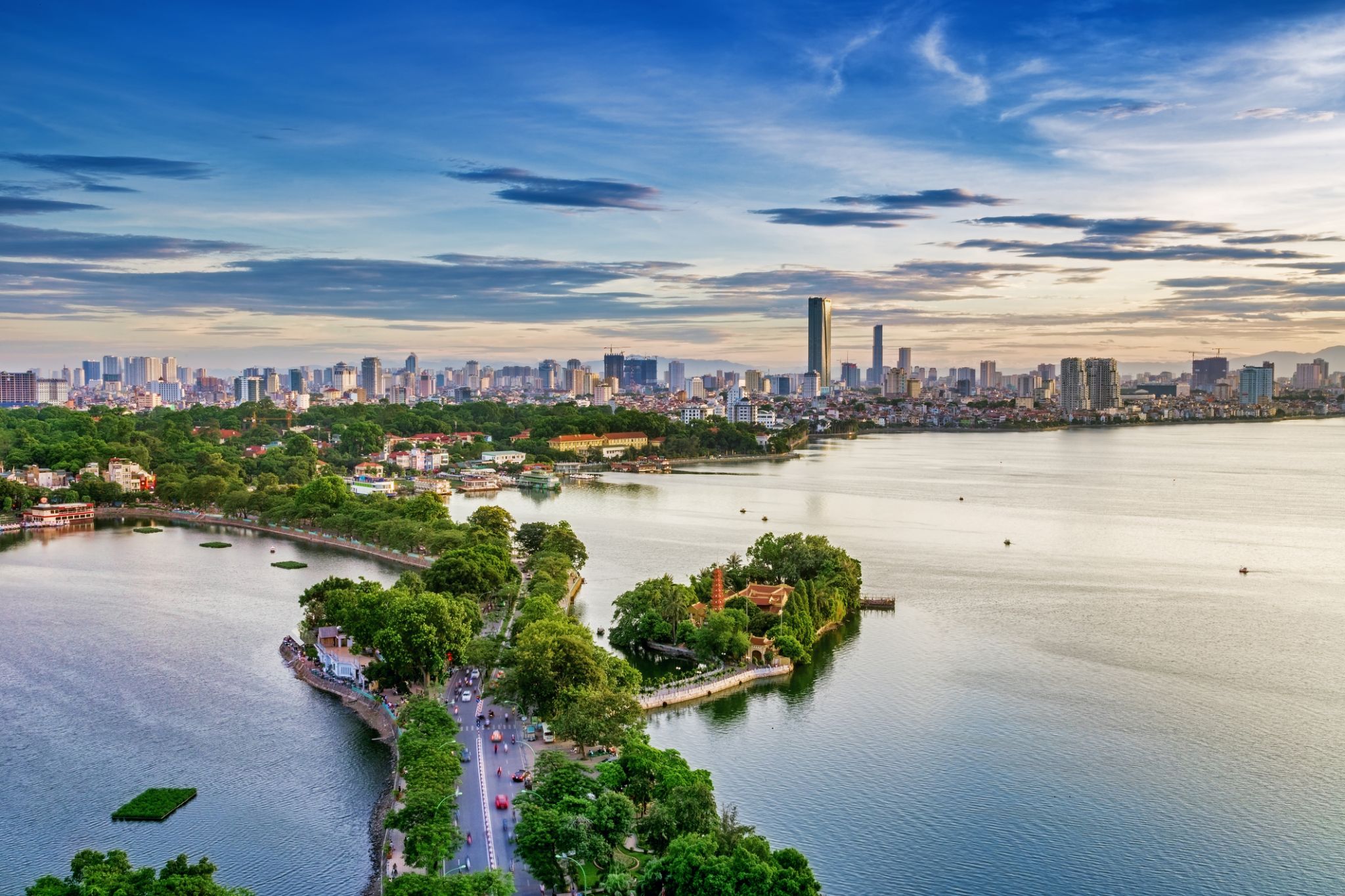 Dzień 13: 09:00-20:00
Dzień 13: 09:00-20:00Hanoi / Vietnam
Hanoi to stolica Wietnamu, miasto z tysiącletnią historią, dawniej znane jako Thang Long, co oznacza „Miasto Wzbijającego się Smoka”. Pomimo wielu pagód, zabytków architektury i gwarnych dzielnic handlowych, nie ma tu tłumów turystów, co pozwala cieszyć się jego urokiem bez pośpiechu i zgiełku.
-
 Dzień 14:
Dzień 14:Dzień na morzu / Morze
-
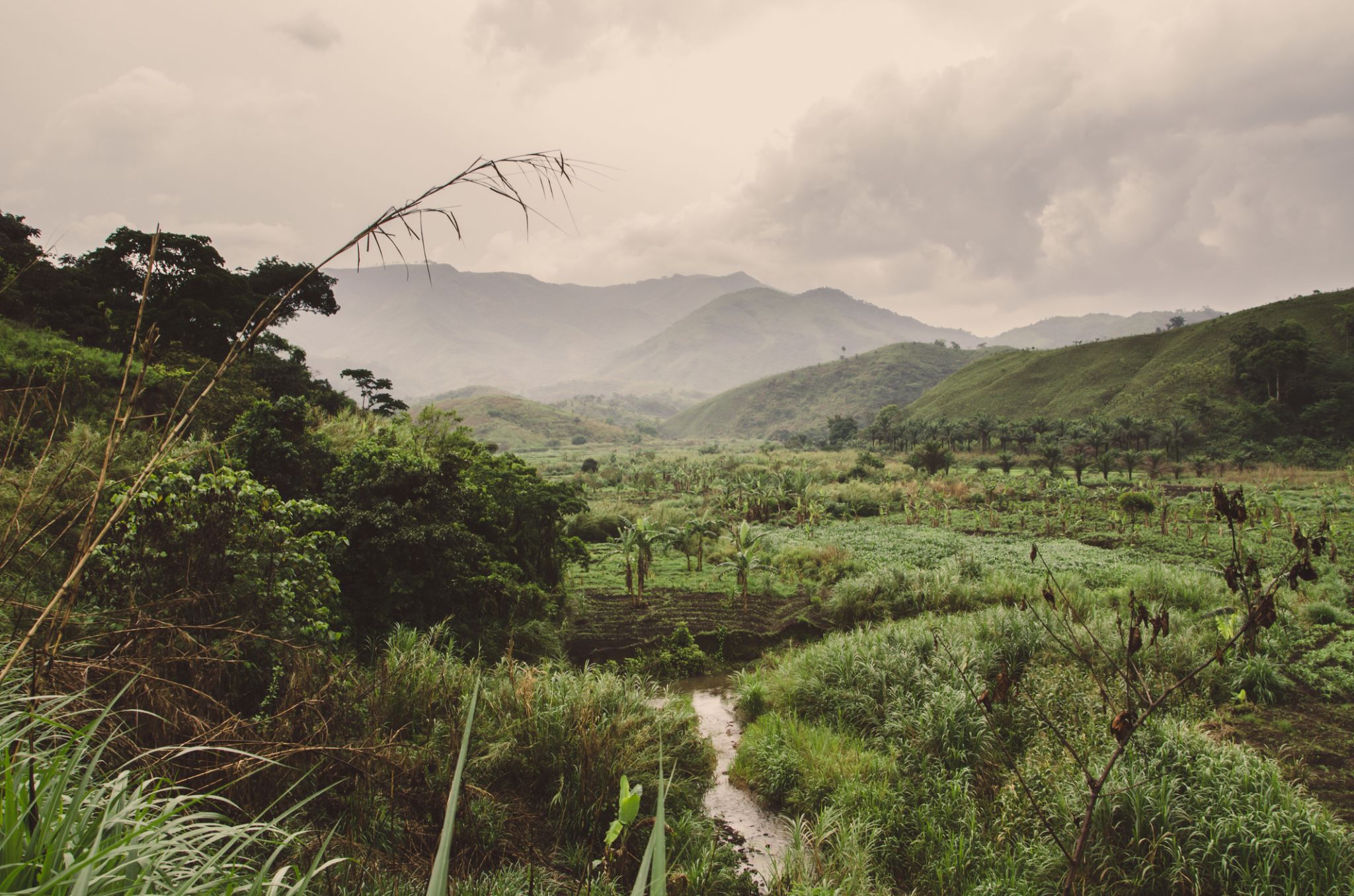 Dzień 15: 06:00-18:00
Dzień 15: 06:00-18:00Limbe / Cameroon
-
 Dzień 16:
Dzień 16:Dzień na morzu / Morze
-
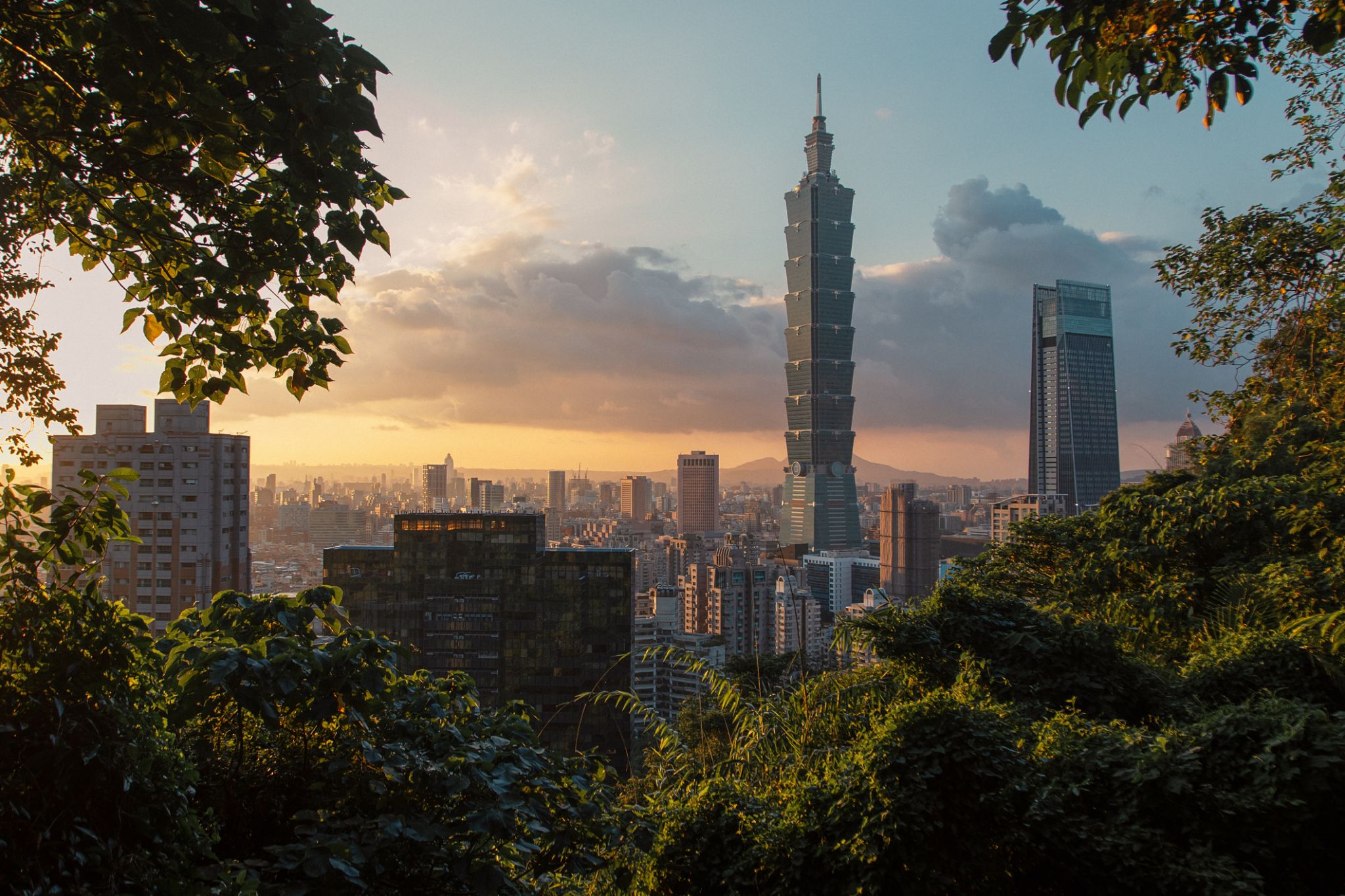 Dzień 17: 07:00-19:00
Dzień 17: 07:00-19:00Tajpej / Taiwan
Taiwan it is a state in East Asia. It includes the neighbors of the Republic of China and the Philippines to the south. It is not a member of the United Nations.
The island of Taiwan was formerly known as the island of mass migration. The island was annexed in 1683 by the Qing dynasty, the last dynasty. The Qing ceded Taiwan to Japan in 1895 after the Sino-Japanese War. The Republic of China (ROC) was established after the fall of the Qing dynasty. The following is the Japanese surrender to the Allies in 1945; However, it’s not a problem, but it’s not a problem. It has been up to 99% of its de facto territory. The United States of America is the United States of America in the United States of America until 1971, when it’s lost.
-
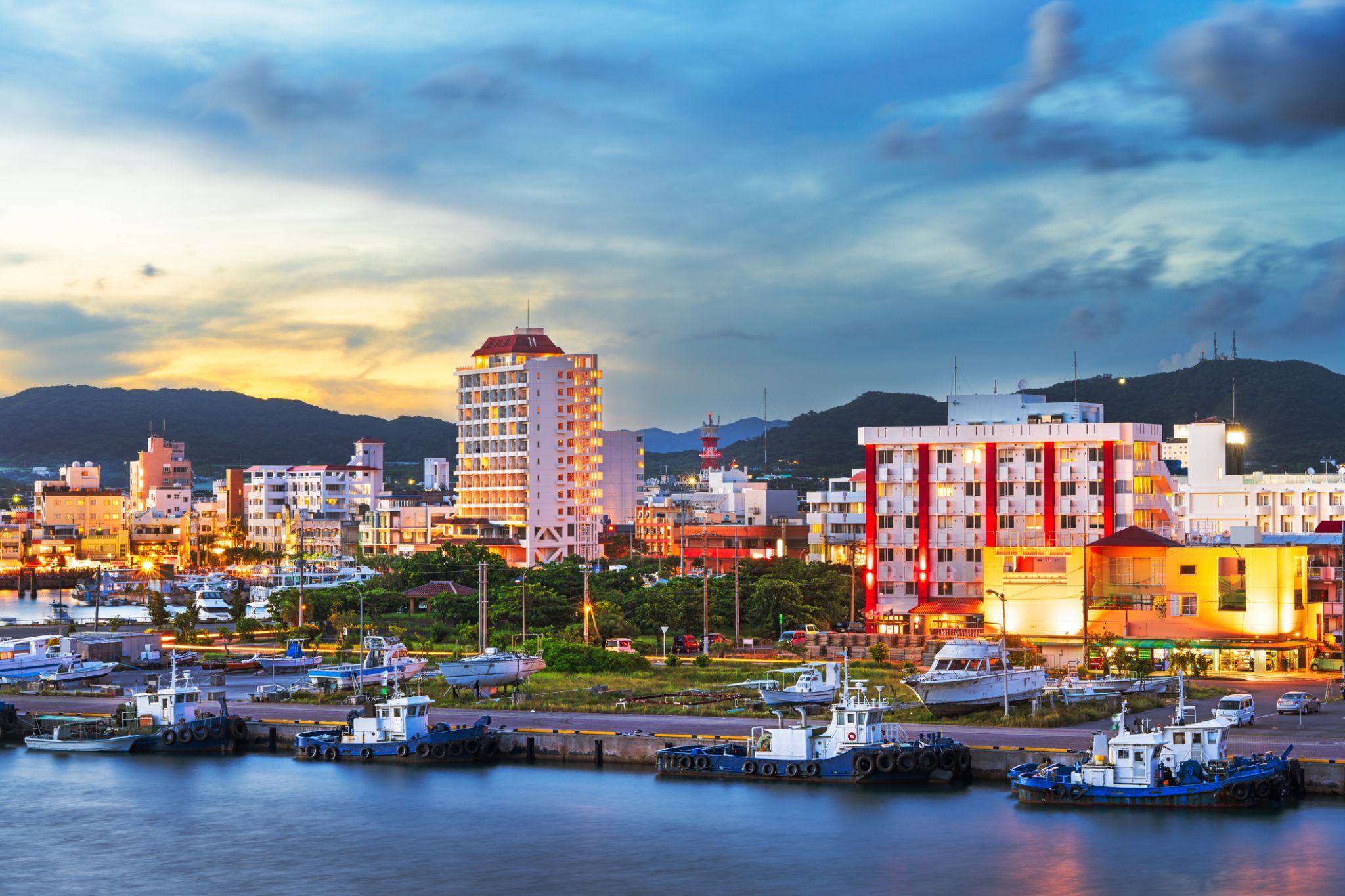 Dzień 18: 07:00-17:00
Dzień 18: 07:00-17:00Ishigaki, Okinawa / Japonia
-
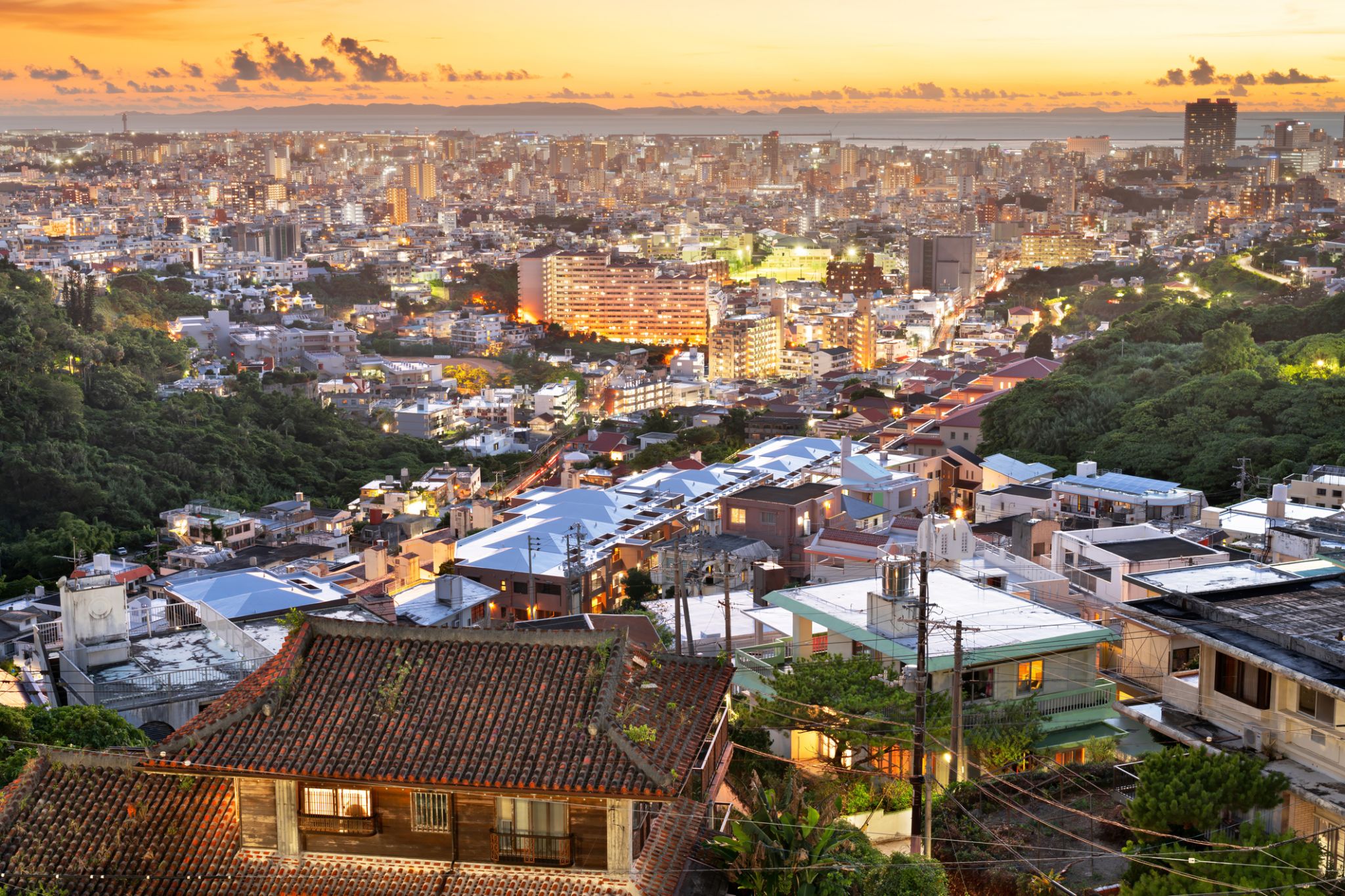 Dzień 19: 09:00-18:00
Dzień 19: 09:00-18:00Naha / Japonia
Naha — brama do kultury Riukiu i rytmów tropikalnej Japonii
Naha to główne miasto wyspy Okinawa i kulturalne serce dawnego Królestwa Riukiu. Mimo nowoczesnych budynków i ruchliwych ulic, miasto starannie pielęgnuje ślady swojej unikalnej przeszłości. Jedną z głównych atrakcji jest zamek Shuri — historyczna rezydencja królów Riukiu i obiekt Światowego Dziedzictwa UNESCO, częściowo odbudowany po pożarze w 2019 roku. W Naha znajduje się również słynna ulica Kokusai-dori — centrum handlu, gastronomii i rozrywki, gdzie można spróbować tradycyjnych dań Okinawy i zakupić rękodzieło lokalnych rzemieślników.
Miasto cieszy się ciepłym klimatem przez cały rok i stanowi punkt wyjścia do białych plaż i raf koralowych południowych wysp. W pobliżu centrum znajduje się ogród Fukushu-en — malowniczy chiński ogród przypominający o historycznych związkach Okinawy z Chinami. Targ Matsuyama i zabytkowa dzielnica Tsuboya, znana z ceramiki, pozwalają poczuć codzienne życie mieszkańców wyspy. Naha to idealne połączenie historii, kuchni i spokojnego, wyspiarskiego rytmu, jakiego nie znajdziesz nigdzie indziej w Japonii.
-
 Dzień 20:
Dzień 20:Dzień na morzu / Morze
-
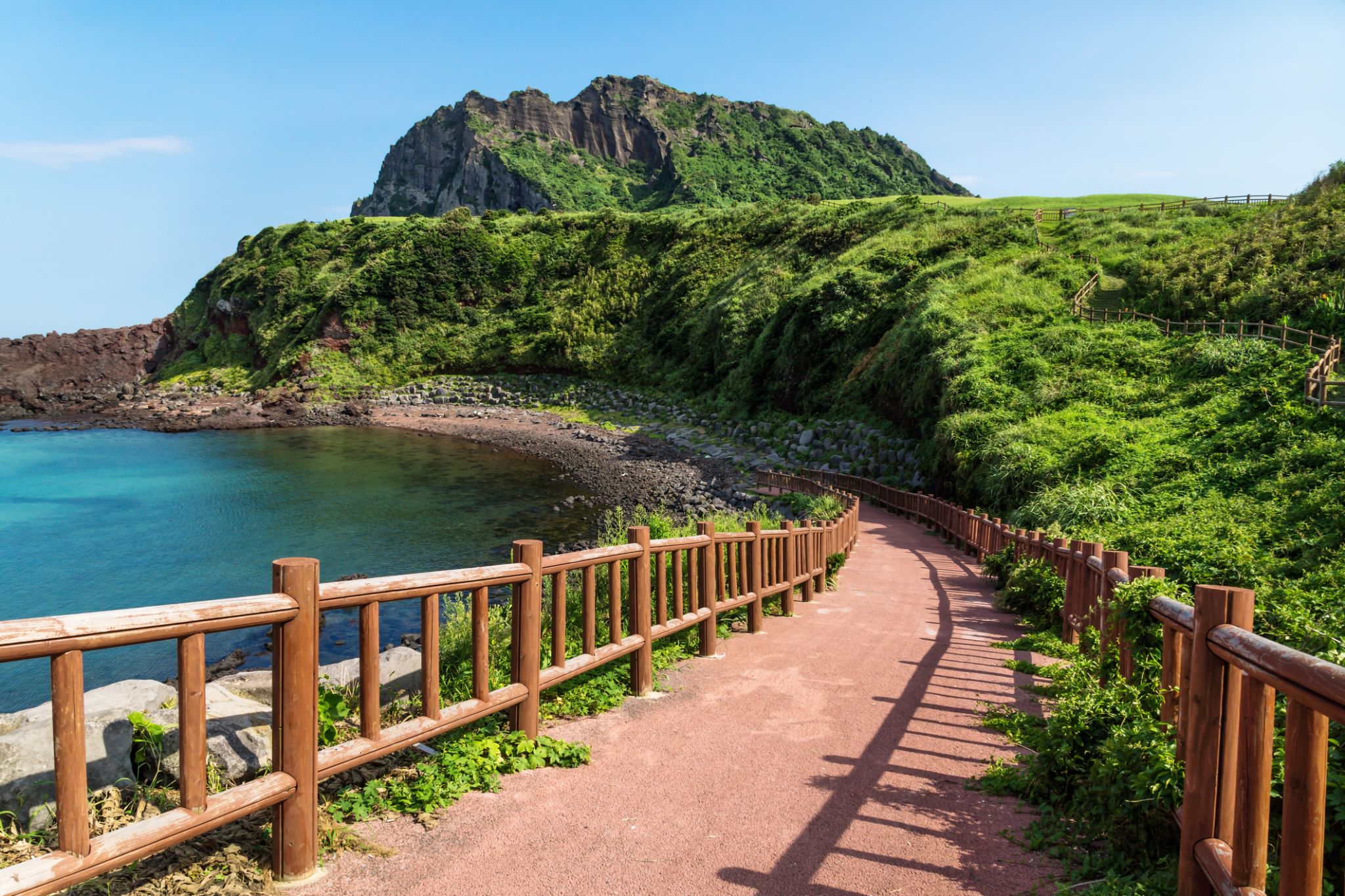 Dzień 21: 07:00-19:00
Dzień 21: 07:00-19:00Jeju (Gangjeong) / Korea
-
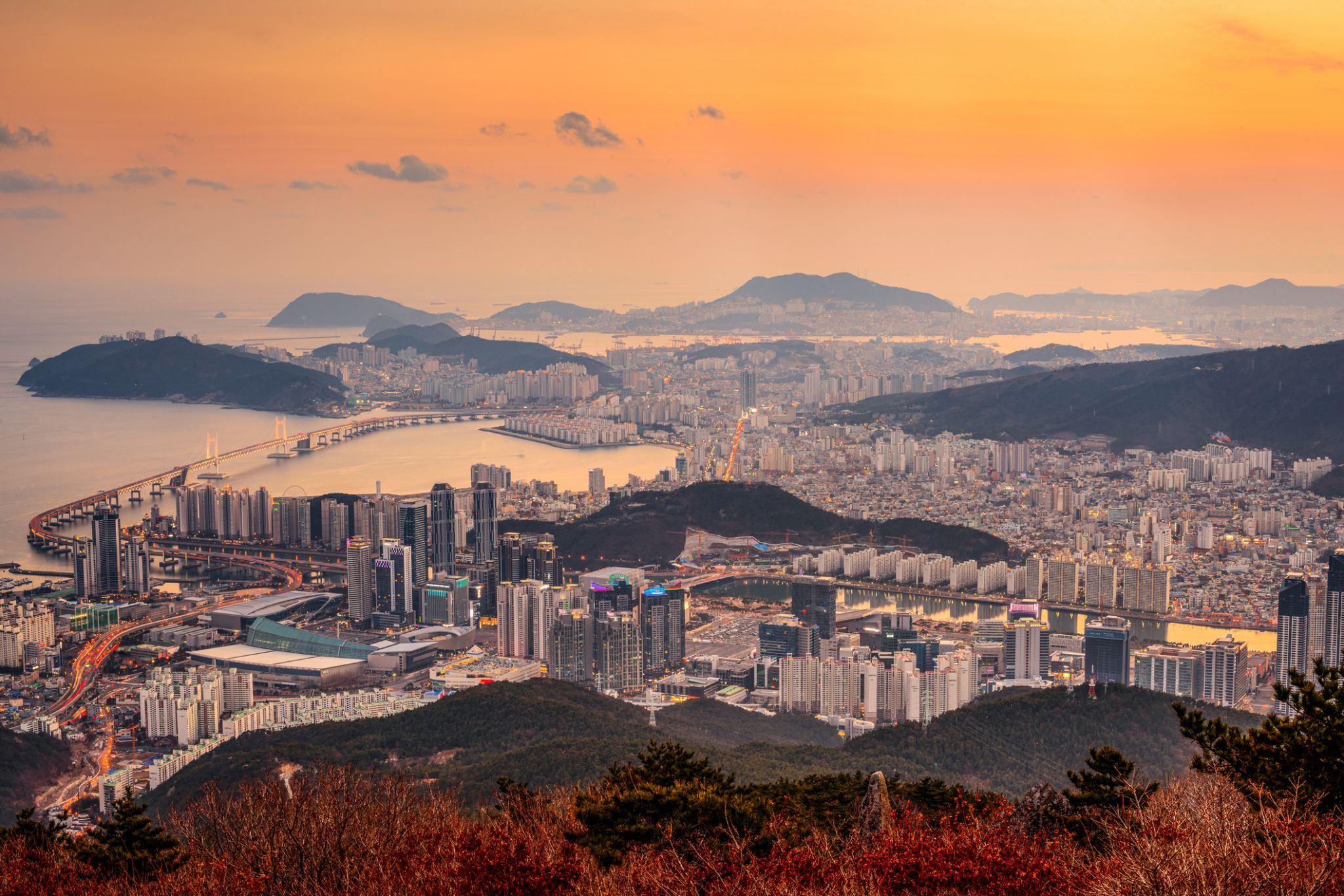 Dzień 22: 08:00-18:00
Dzień 22: 08:00-18:00Busan / Korea
Busan, formerly known as Pusan and now officially Busan Metropolitan City, is South Korea's second most-populous city after Seoul, with a population of over 3.5 million inhabitants. It is the economic, cultural and educational center of southeastern Korea, with its port—Korea's busiest and the 9th-busiest in the world—only about 120 miles (190 km) from the Japanese islands of Kyushu and Honshu. The surrounding "Southeast Economic Zone" (including Ulsan and South Gyeongsang) is now South Korea's largest industrial area.
-
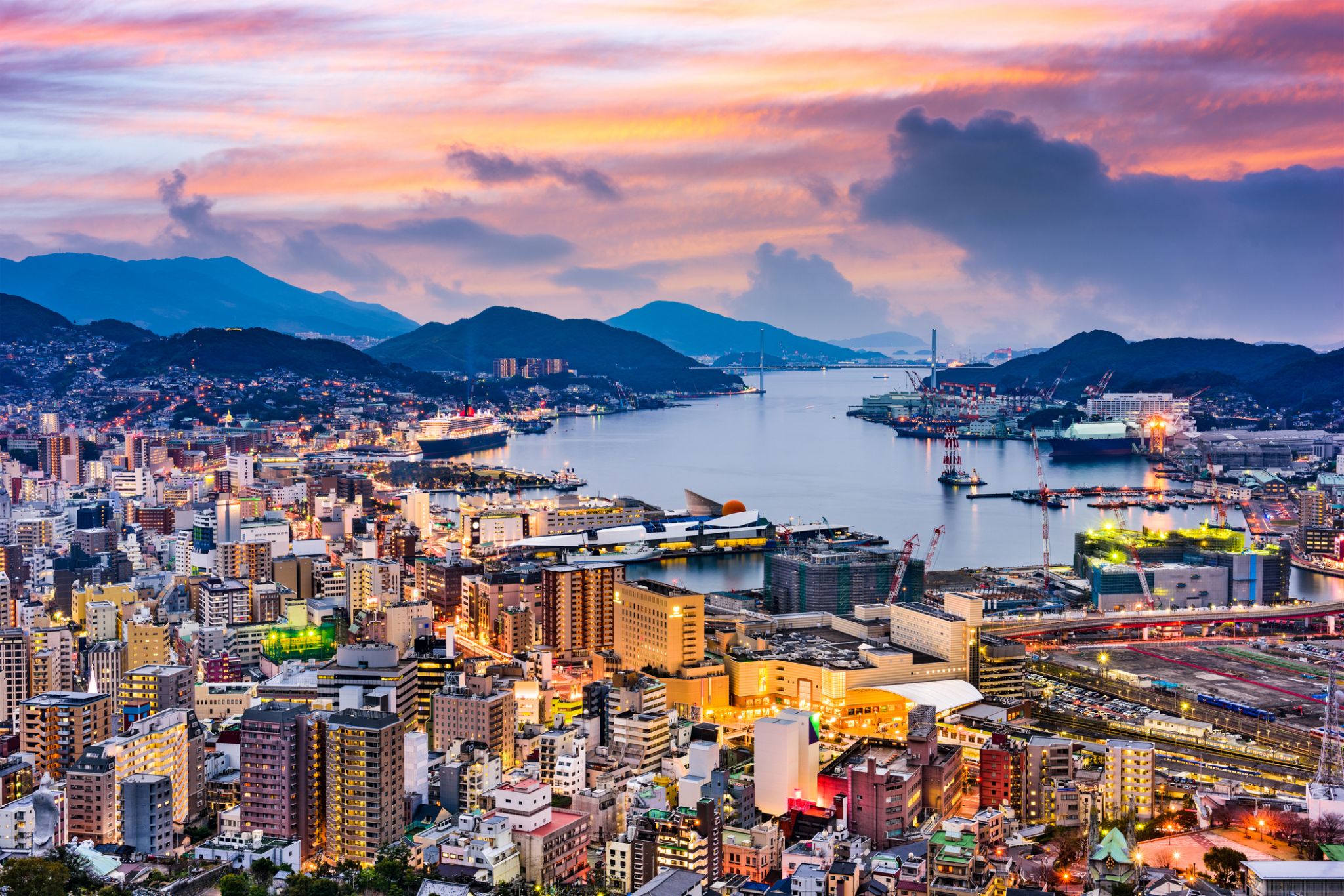 Dzień 23: 07:00-17:00
Dzień 23: 07:00-17:00Nagasaki / Japonia
Nagasaki is the capital and the largest city of Nagasaki Prefecture on the island of Kyushu in Japan. The city's name means "long cape" in Japanese. Nagasaki became a centre of colonial Portuguese and Dutch influence in the 16th through 19th centuries, and the Hidden Christian Sites in the Nagasaki Region have been recognized and included in the UNESCO World Heritage List. Part of Nagasaki was home to a major Imperial Japanese Navy base during the First Sino-Japanese War and Russo-Japanese War.
During World War II, the American atomic bombings of Hiroshima and Nagasaki made Nagasaki the second and, to date, last city in the world to experience a nuclear attack (at 11:02 a.m., August 9, 1945 'Japan Standard Time (UTC+9)').
As of 1 March 2017, the city has an estimated population of 425,723 and a population density of 1,000 people per km2. The total area is 406.35 km2 (156.89 sq mi).
-
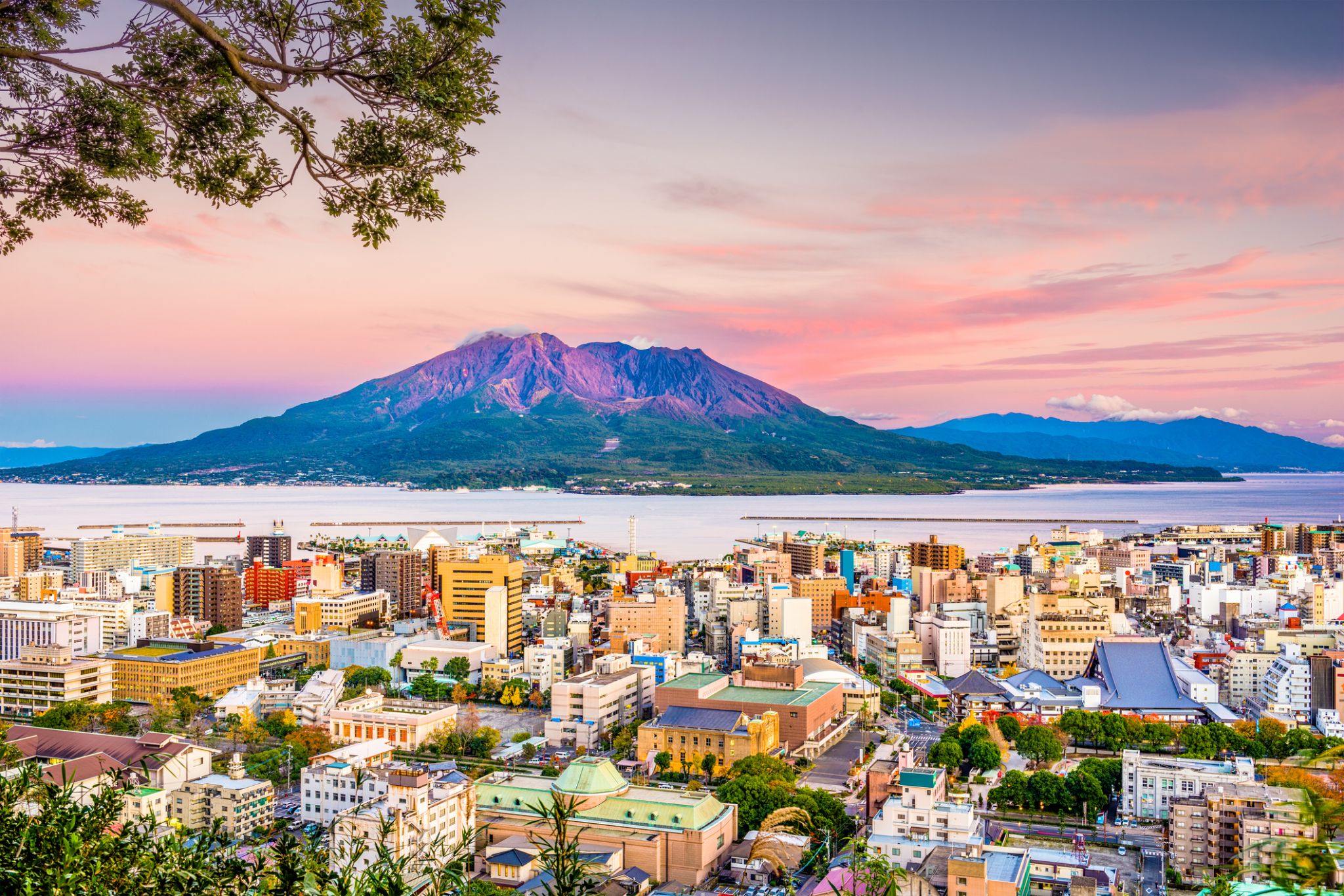 Dzień 24: 07:00-16:00
Dzień 24: 07:00-16:00Kagoshima / Japonia
Kagoshima is the capital city of Kagoshima Prefecture at the south western tip of the island of Kyushu in Japan, and the largest city in the prefecture by some margin. It has been nicknamed the "Naples of the Eastern world" for its bay location (Aira Caldera), hot climate, and emblematic stratovolcano, Sakurajima. The city was officially founded on April 1, 1889.
-
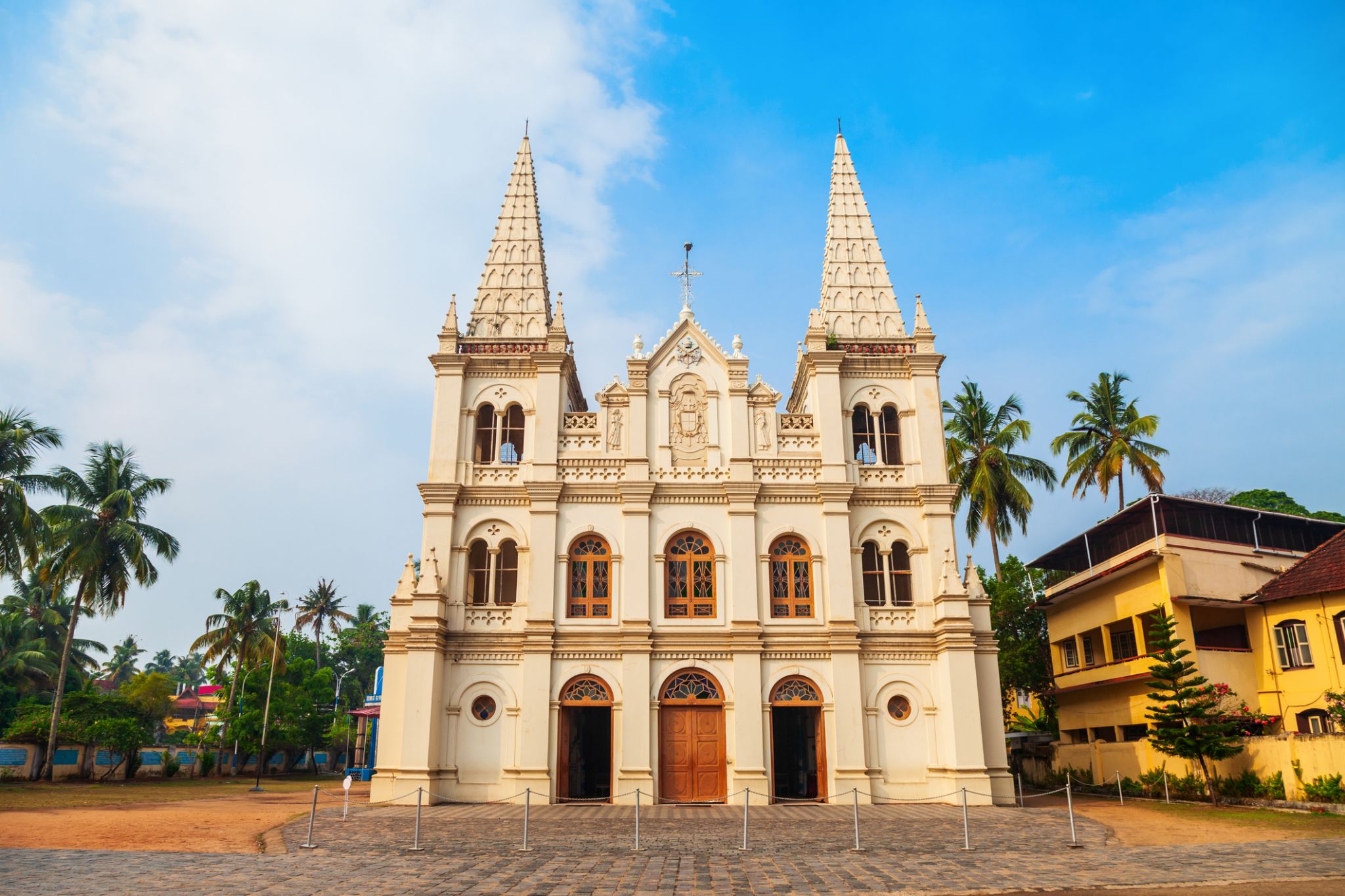 Dzień 25: 10:00-19:00
Dzień 25: 10:00-19:00Kochi / Indie
a seaport and naval base on the Malabar Coast of southwestern India, in the state of Kerala; population 254,500 (est. 2009).
-
 Dzień 26: 07:00-19:00
Dzień 26: 07:00-19:00Tokushima / Japonia
-
 Dzień 27: 07:00-22:00
Dzień 27: 07:00-22:00Kioto
-
 Dzień 28:
Dzień 28:Dzień na morzu / Morze
-
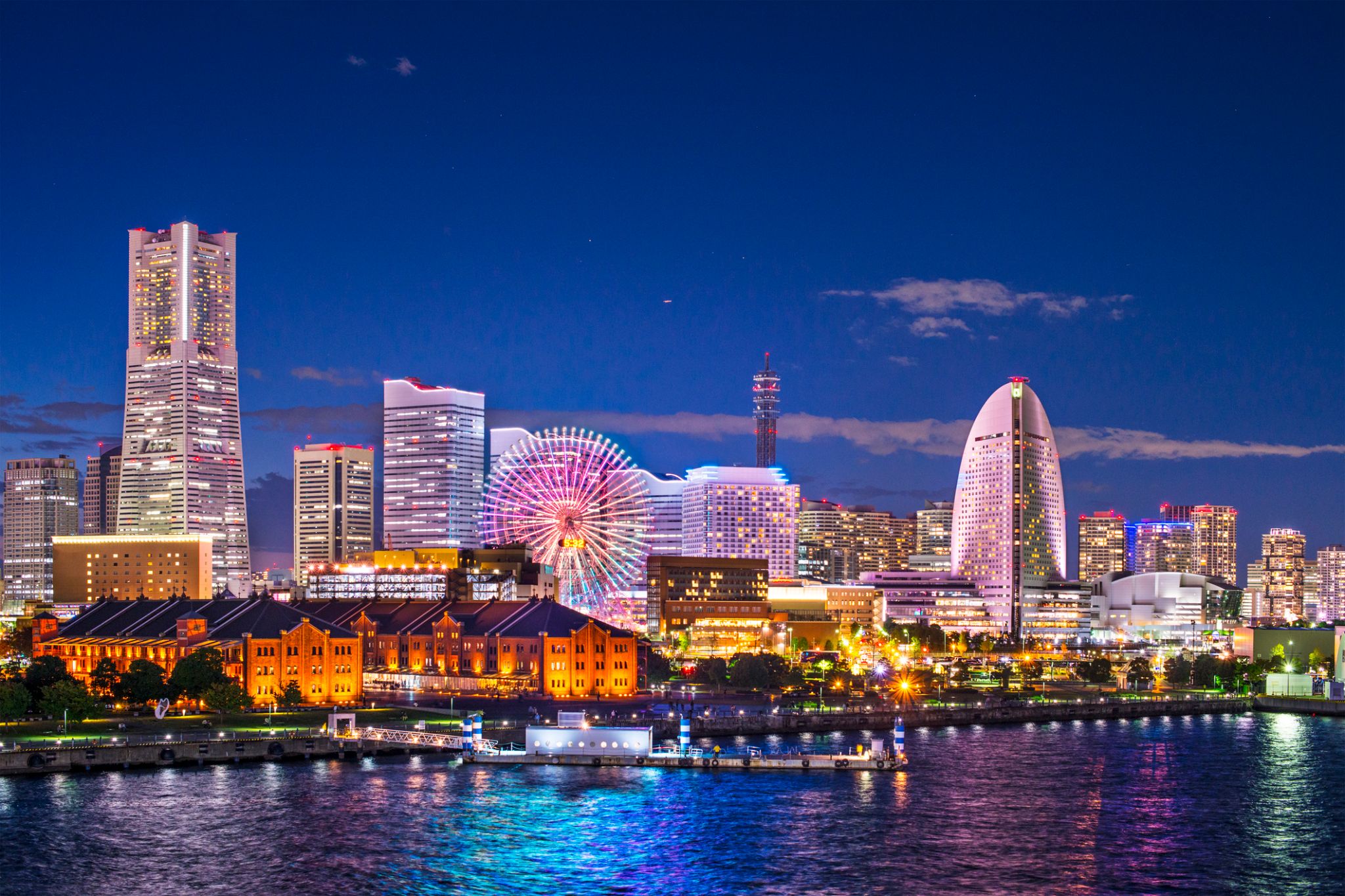 Dzień 29: 07:00-18:00
Dzień 29: 07:00-18:00Yokohama (Tokio) / Japonia
Tokyo, officially Tokyo Metropolis, one of the 47 prefectures of Japan, has served as the Japanese capital since 1869. As of 2014, the Greater Tokyo Arearanked as the most populous metropolitan area in the world. The urban area houses the seat of the Emperor of Japan, of the Japanese government and of the National Diet. Tokyo forms part of the Kantō region on the southeastern side of Japan's main island, Honshu, and includes the Izu Islands and Ogasawara Islands. Tokyo was formerly named Edo when Shōgun Tokugawa Ieyasu made the city his headquarters in 1603. It became the capital after Emperor Meiji moved his seat to the city from Kyoto in 1868; at that time Edo was renamed Tokyo. Tokyo Metropolis formed in 1943 from the merger of the former Tokyo Prefecture and the city of Tokyo. Tokyo is often referred to as a city but is officially known and governed as a "metropolitan prefecture", which differs from and combines elements of a city and a prefecture, a characteristic unique to Tokyo.
The 23 Special Wards of Tokyo were formerly Tokyo City. On July 1, 1943, it merged with Tokyo Prefecture and became Tokyo Metropolis with an additional 26 municipalities in the western part of the prefecture, and the Izu islandsand Ogasawara islands south of Tokyo. The population of the special wards is over 9 million people, with the total population of Tokyo Metropolis exceeding 13.8 million. The prefecture is part of the world's most populous metropolitan area called the Greater Tokyo Area with over 38 million people and the world's largest urban agglomeration economy. As of 2011, Tokyo hosted 51 of the Fortune Global 500 companies, the highest number of any city in the world at that time. Tokyo ranked third (twice) in the International Financial Centres Development Index. The city is home to various television networks such as Fuji TV, Tokyo MX, TV Tokyo, TV Asahi, Nippon Television, NHK and the Tokyo Broadcasting System.

